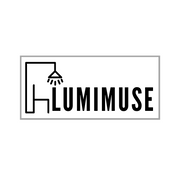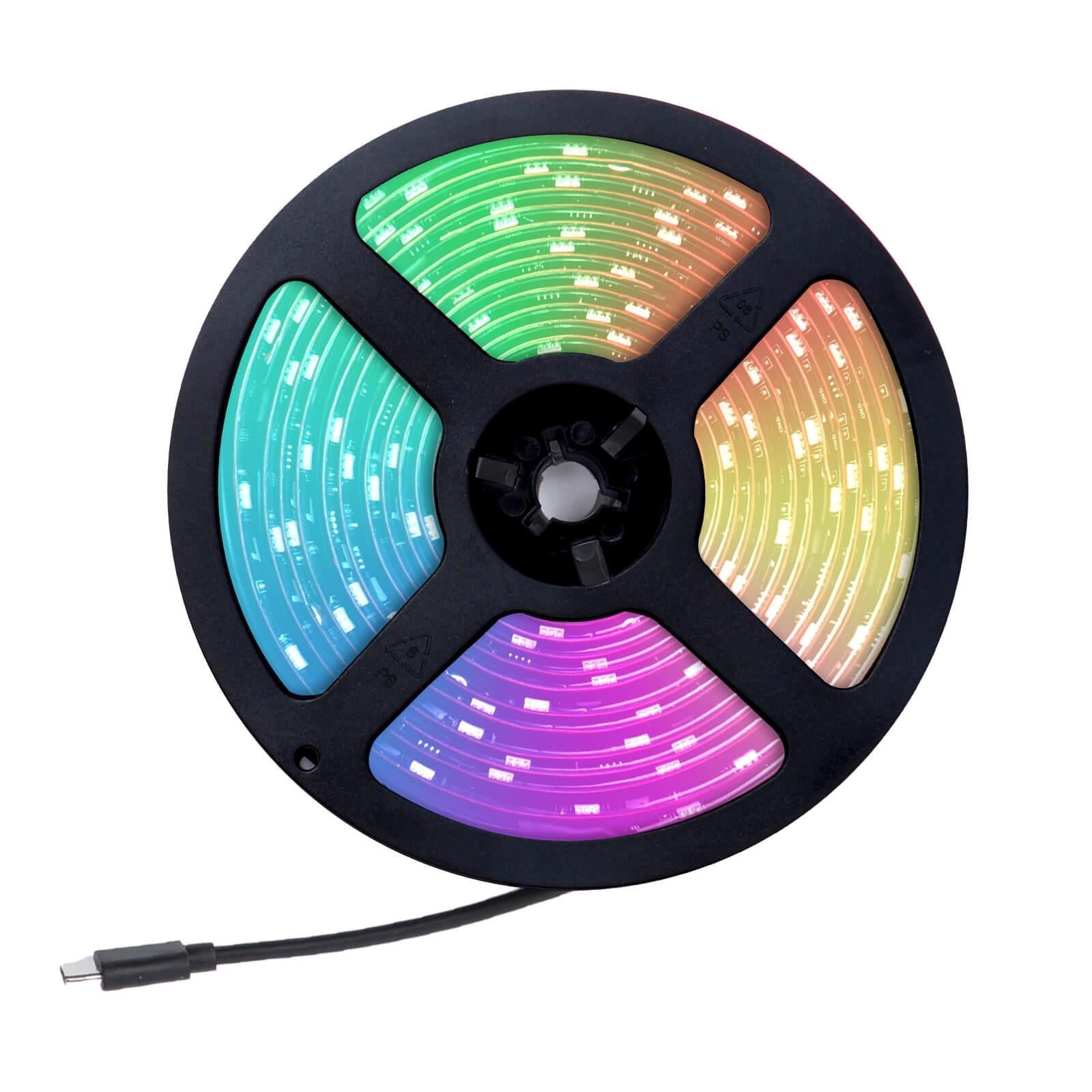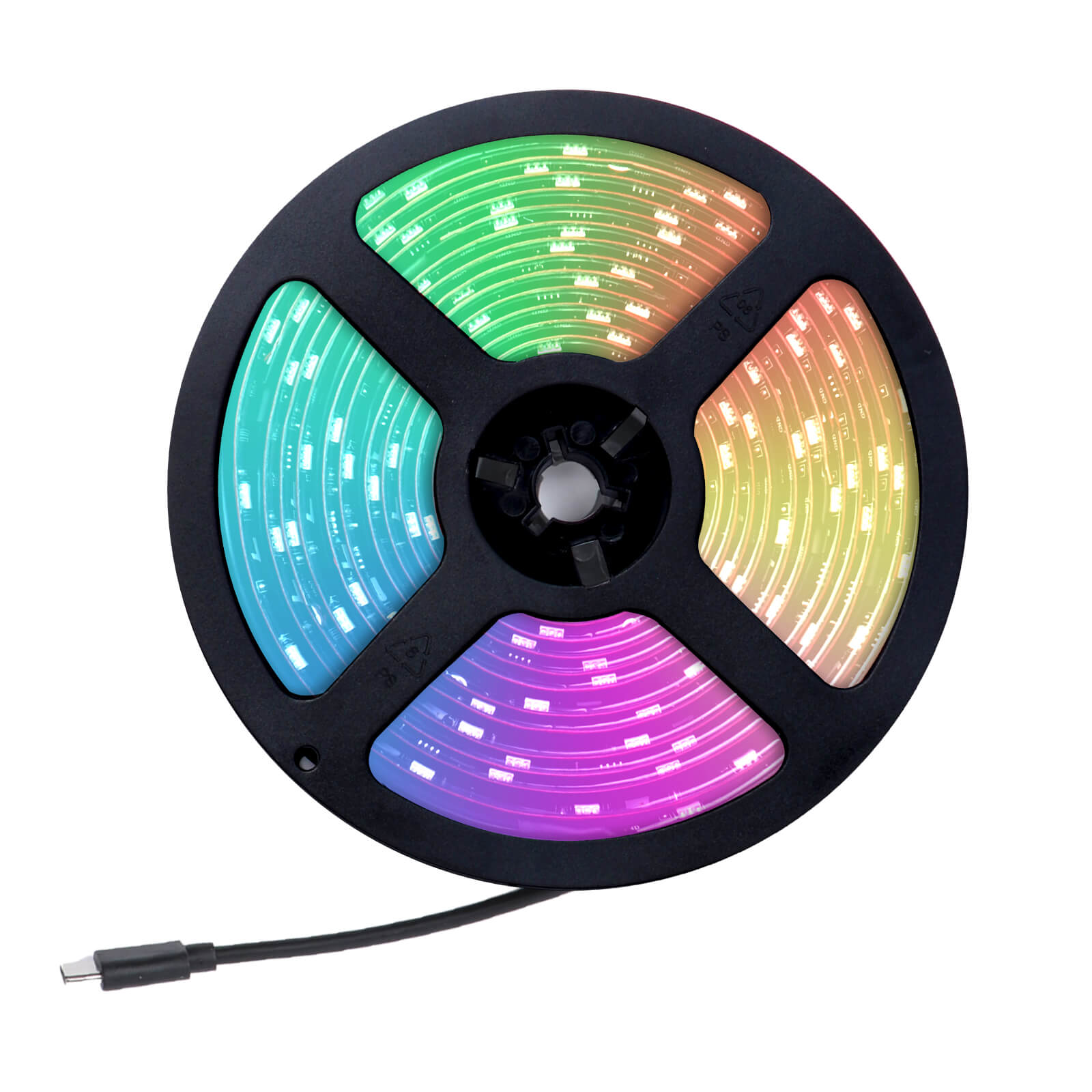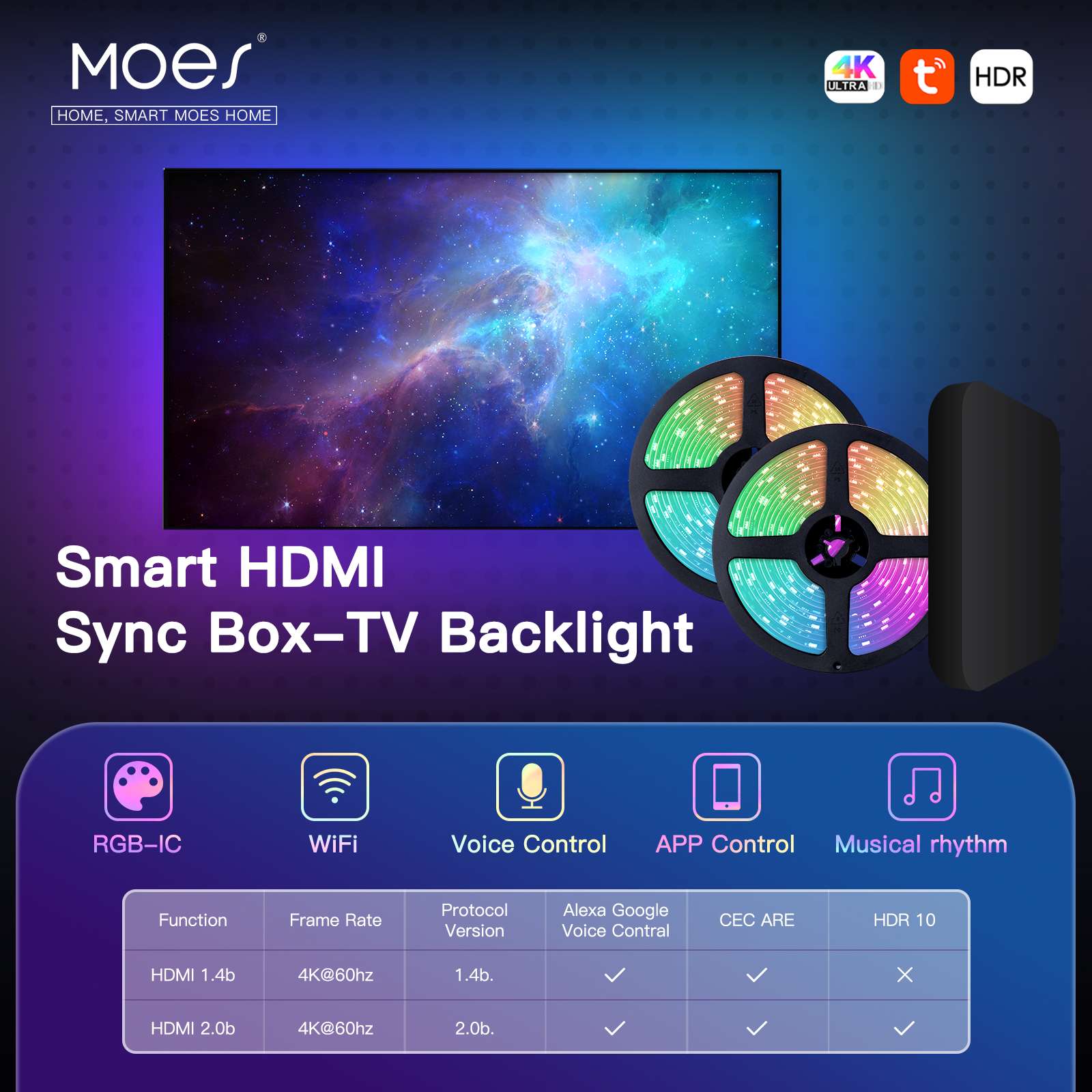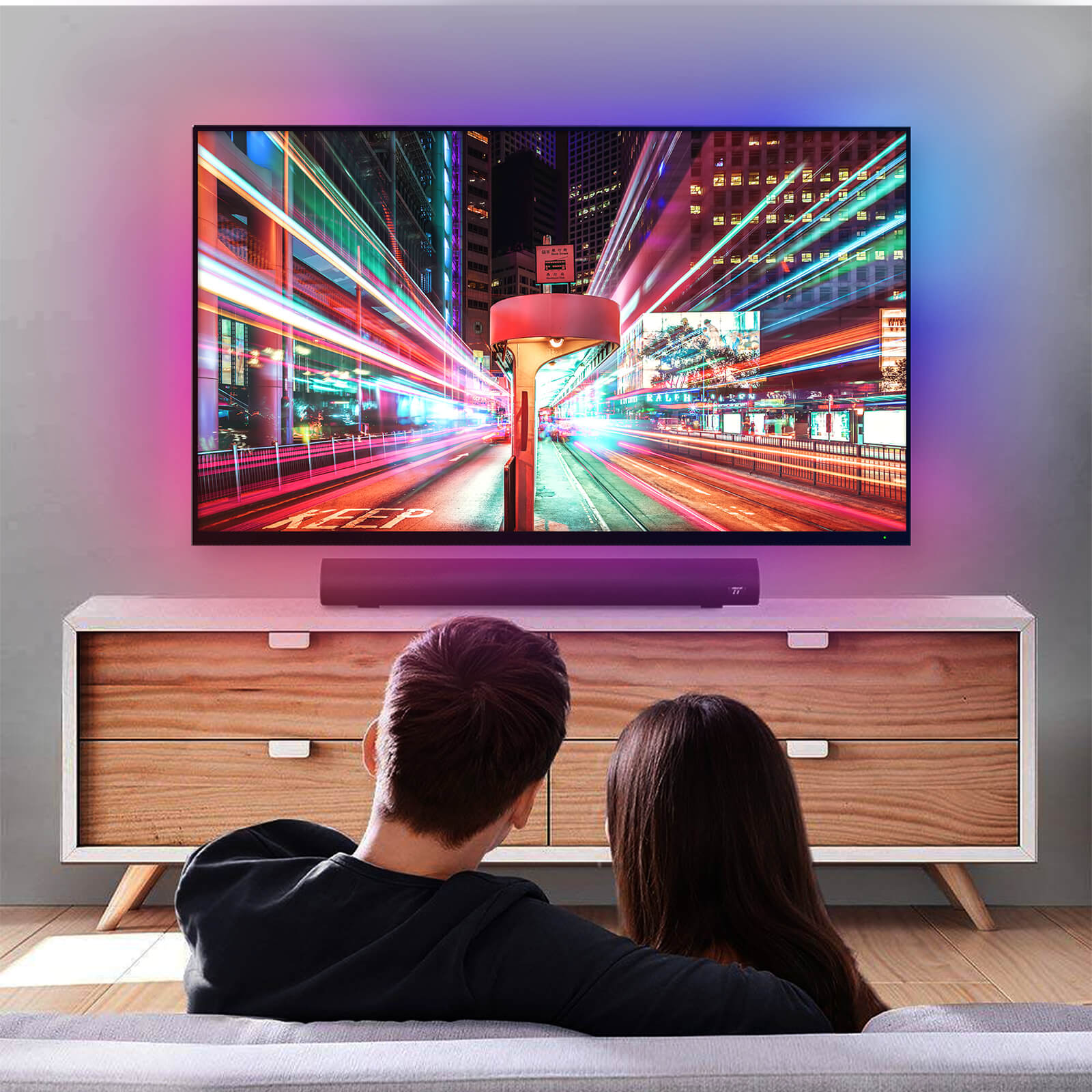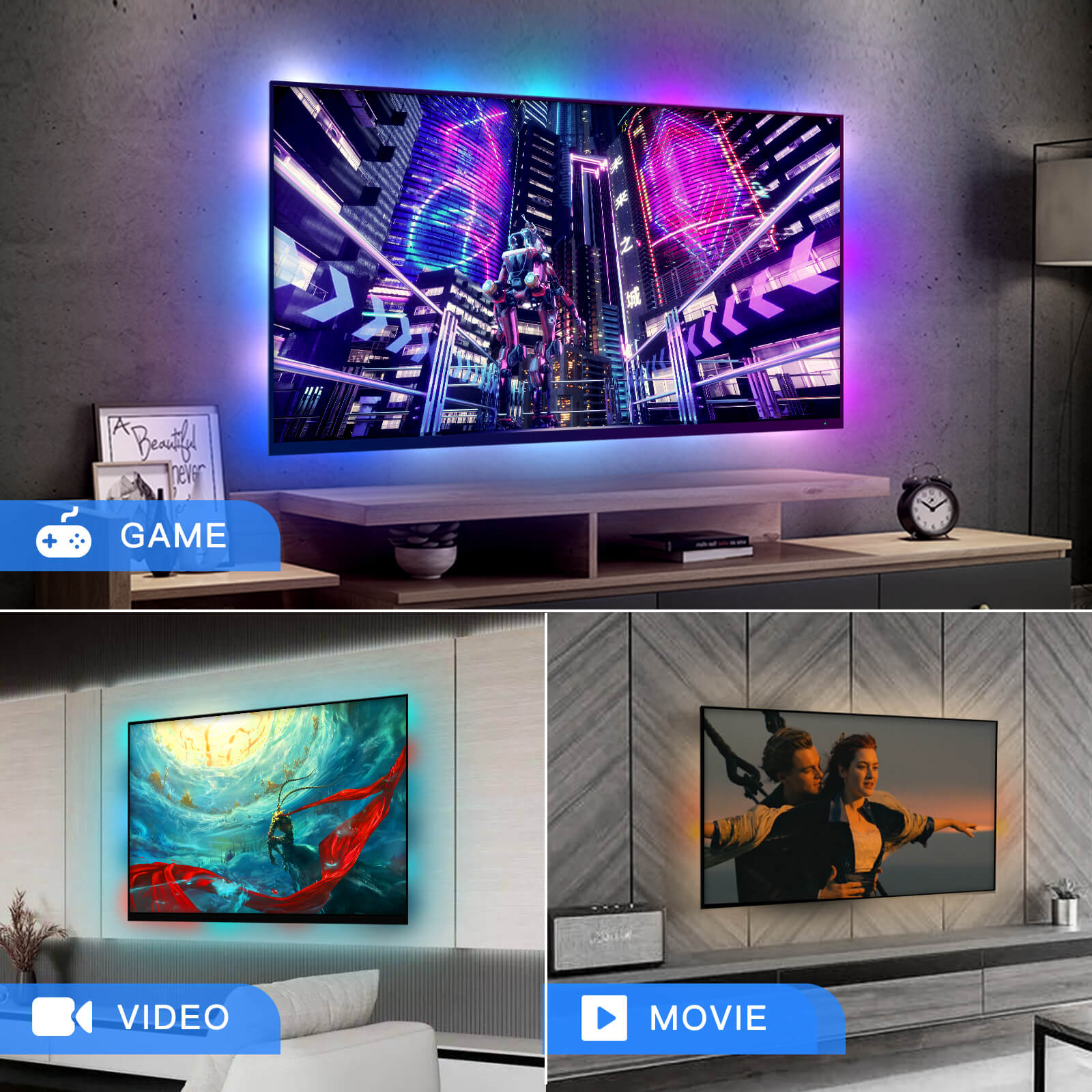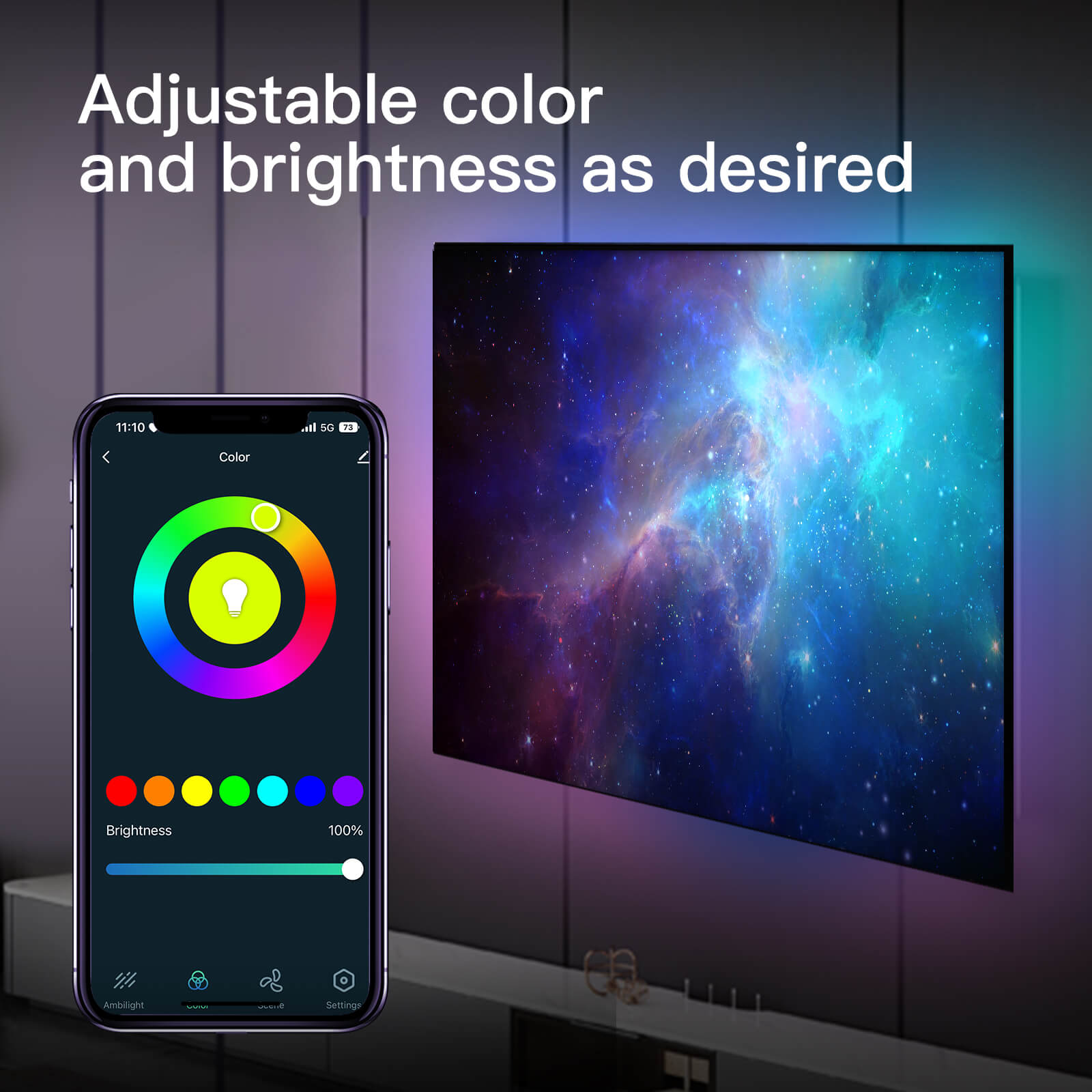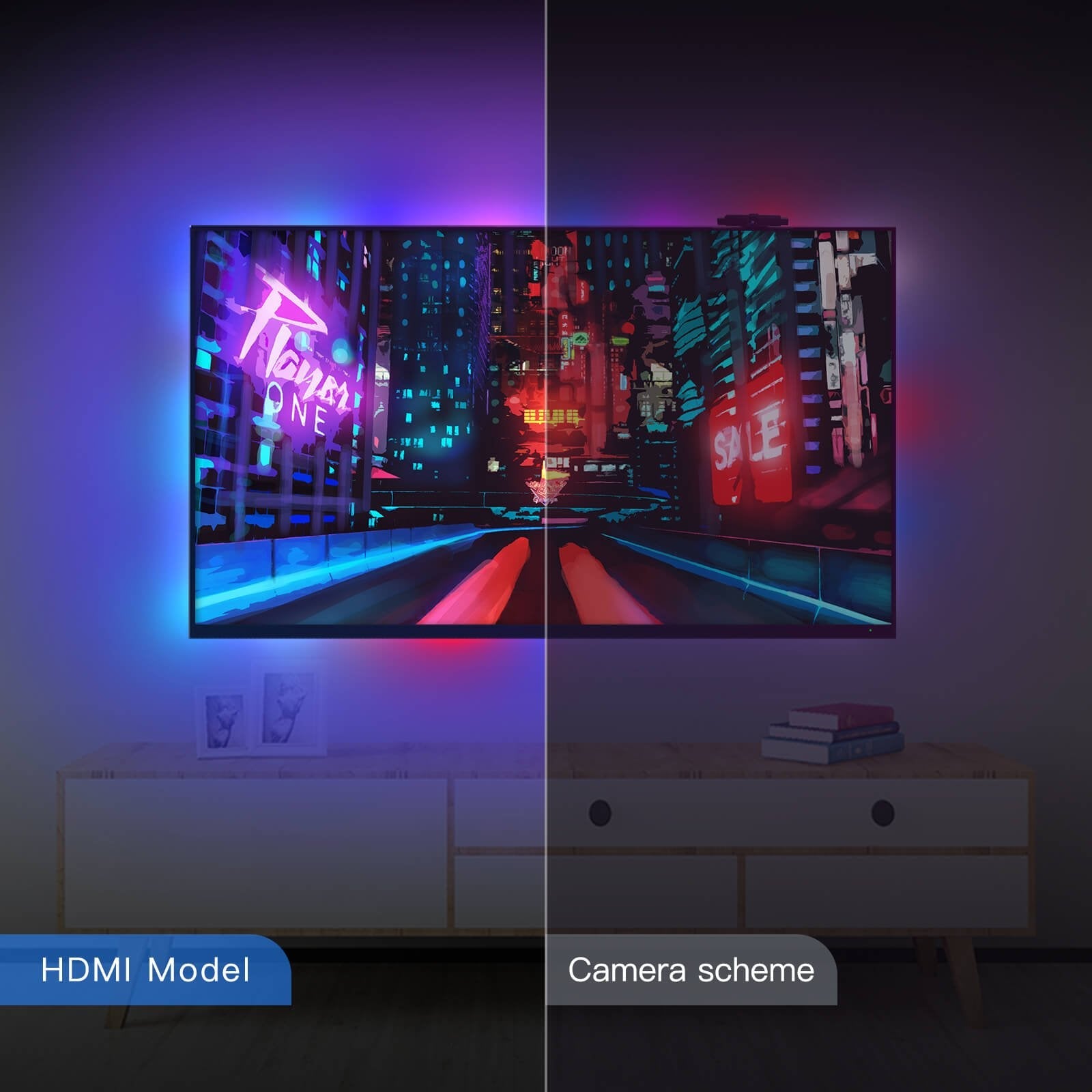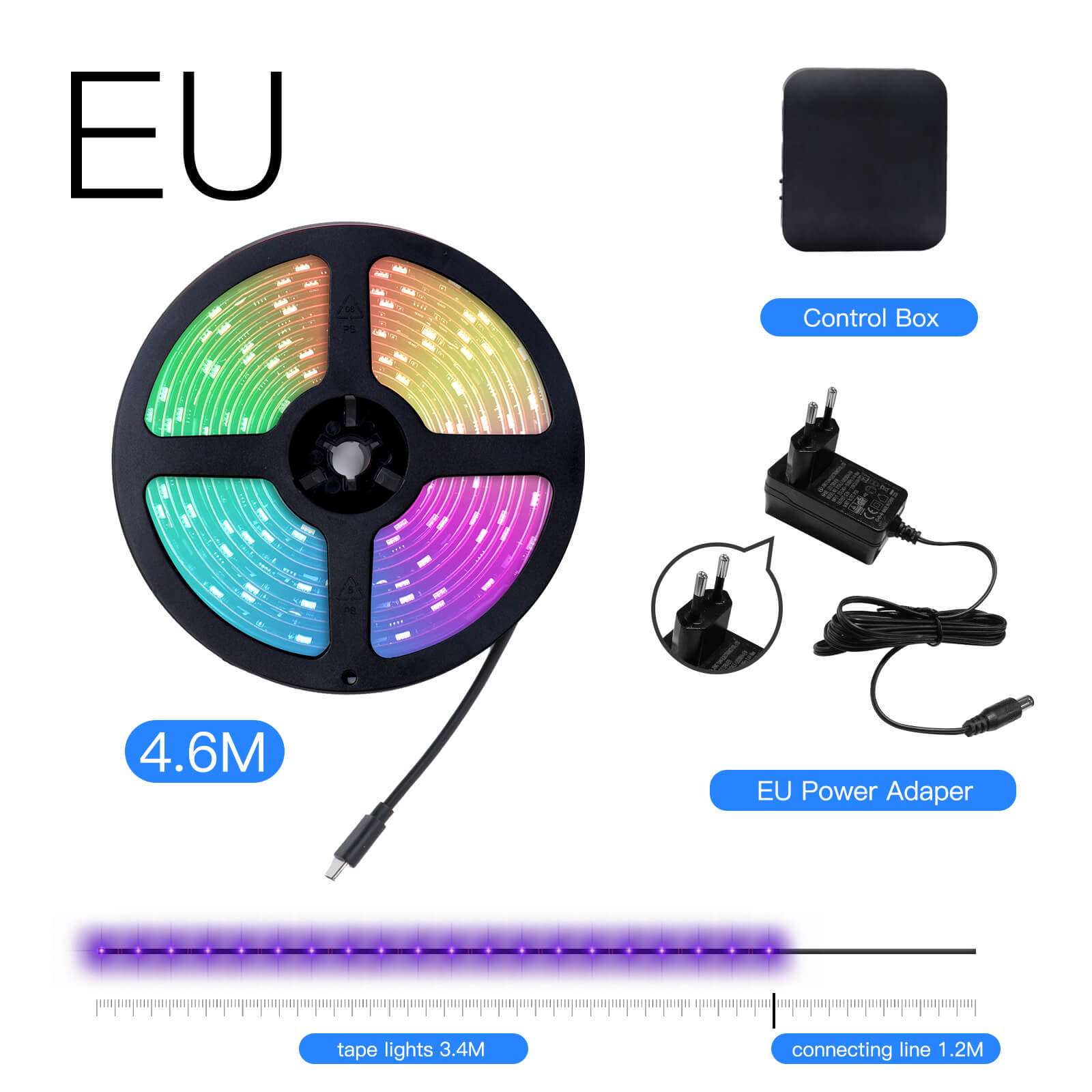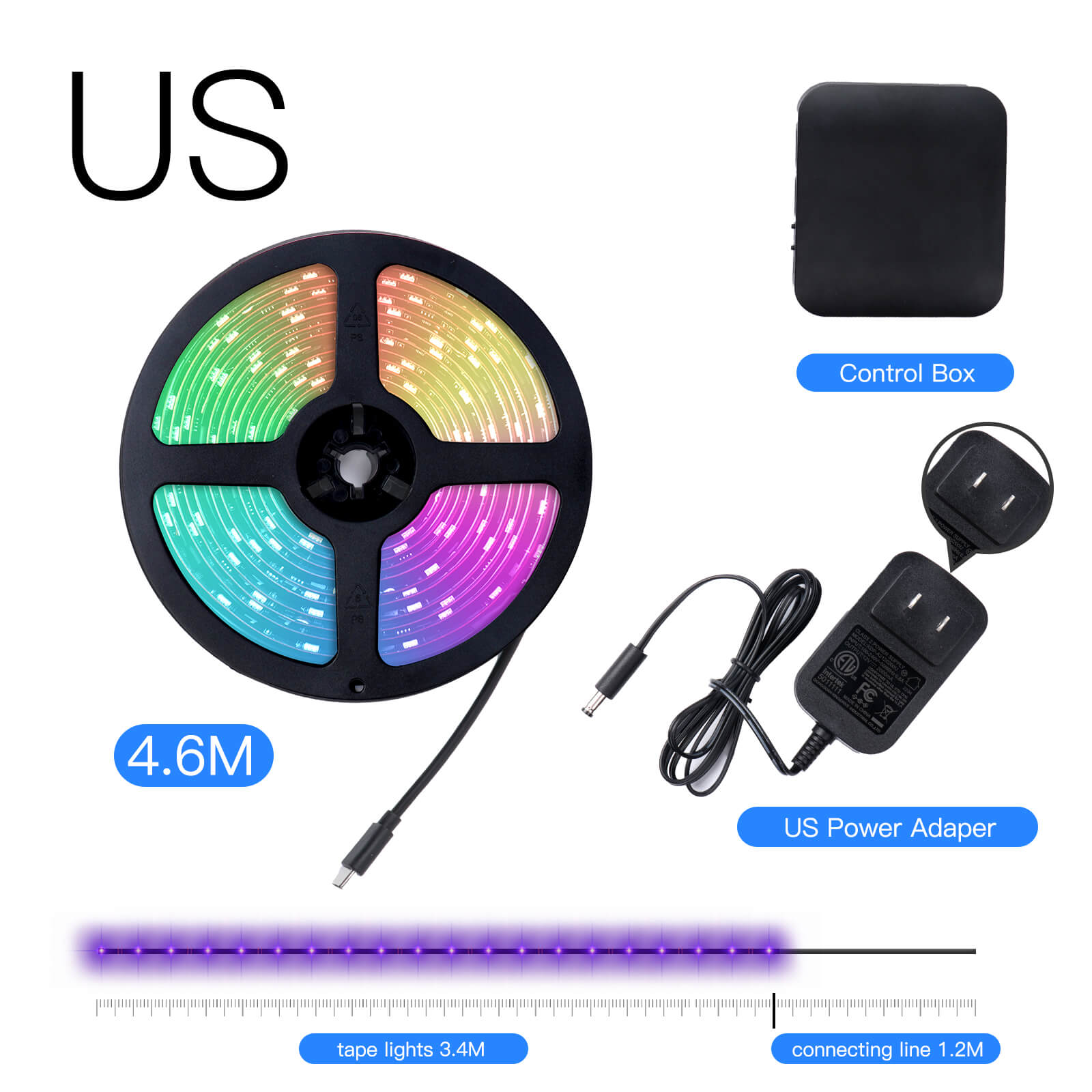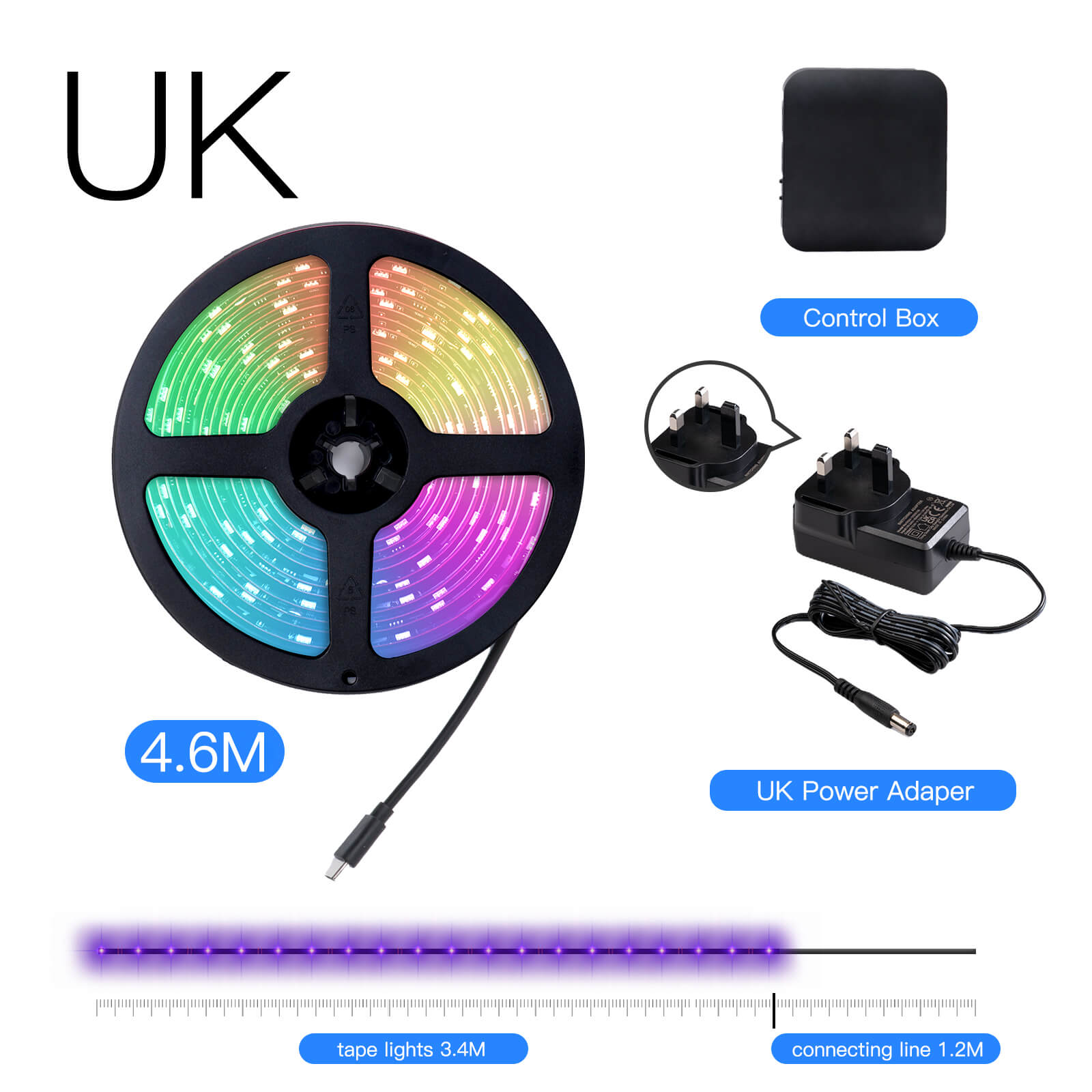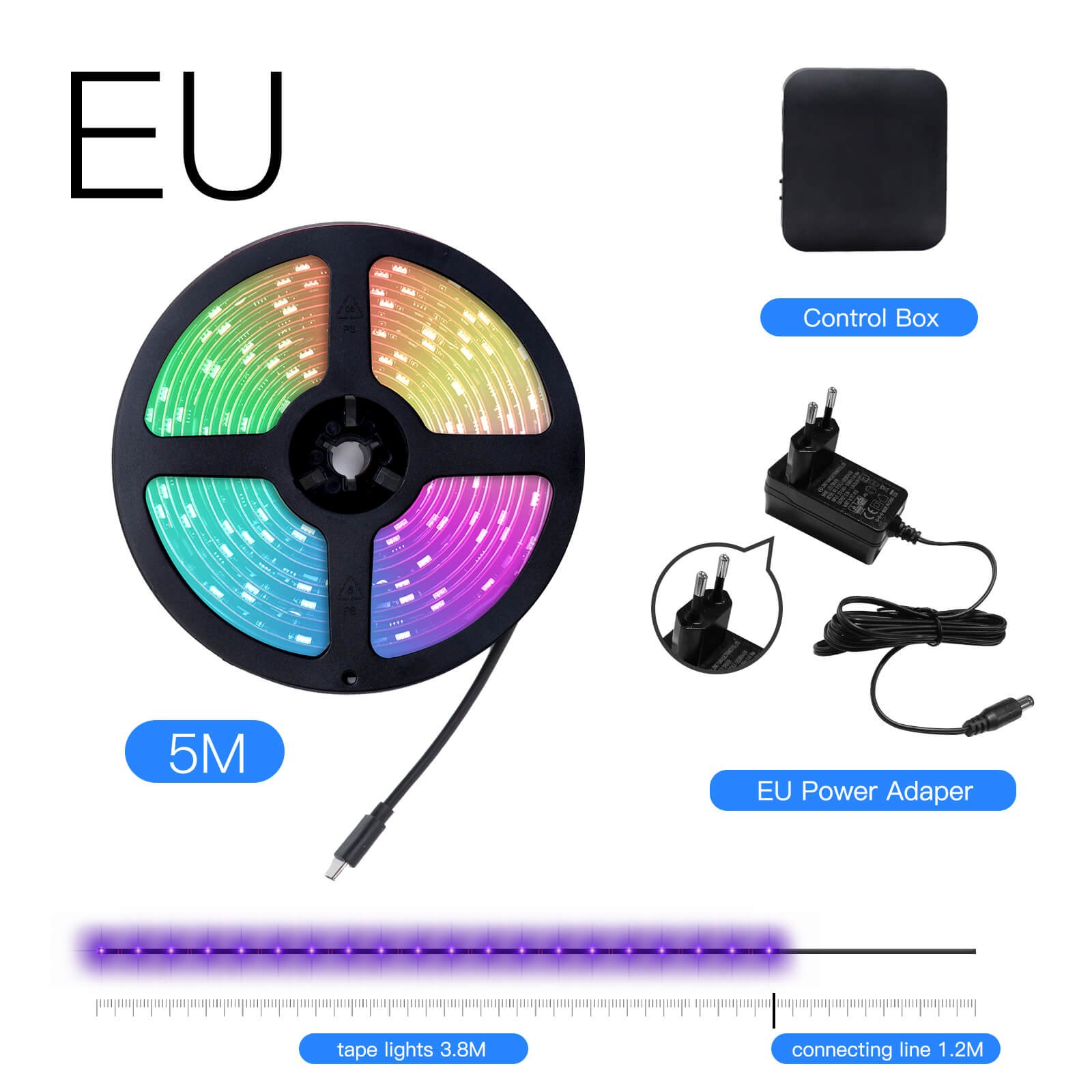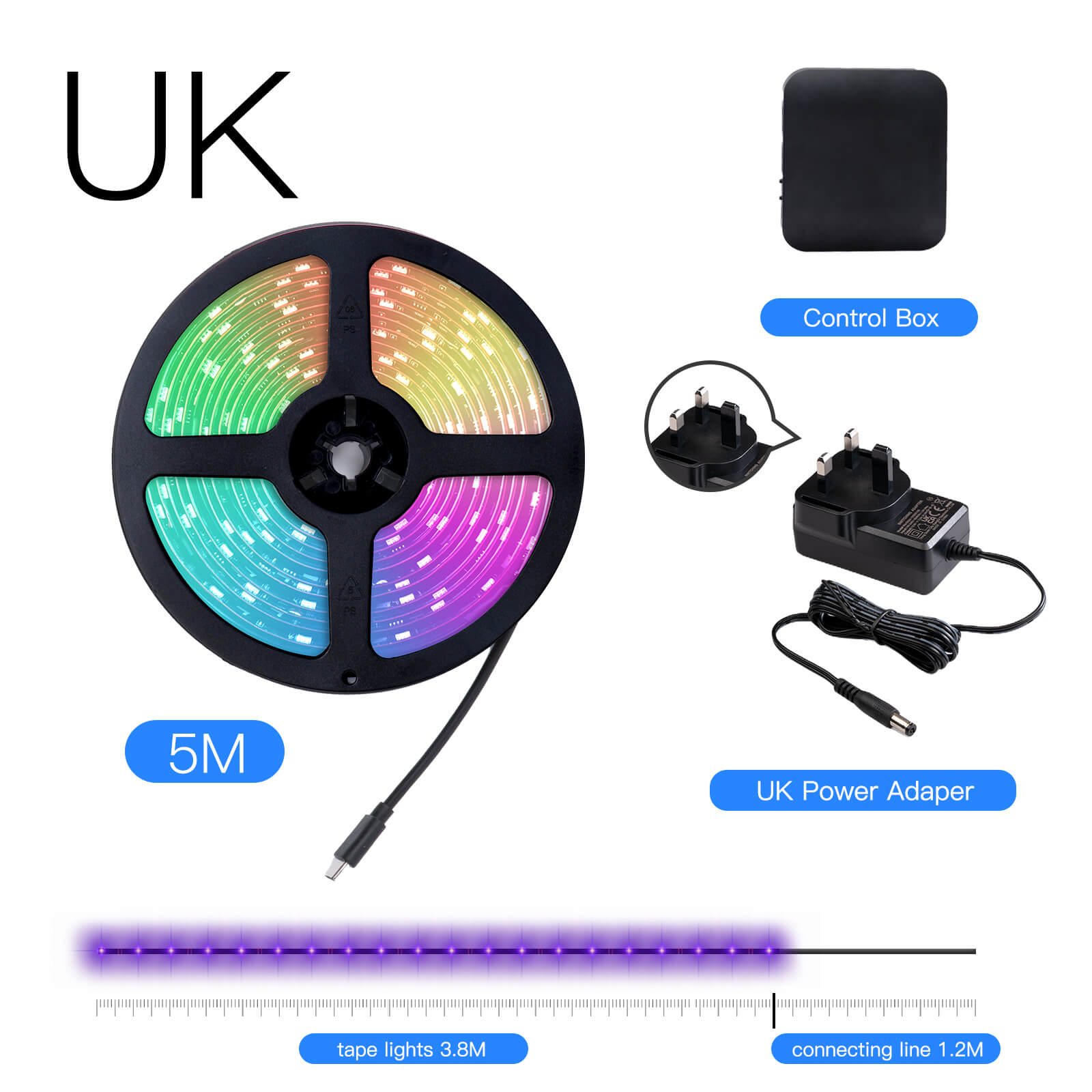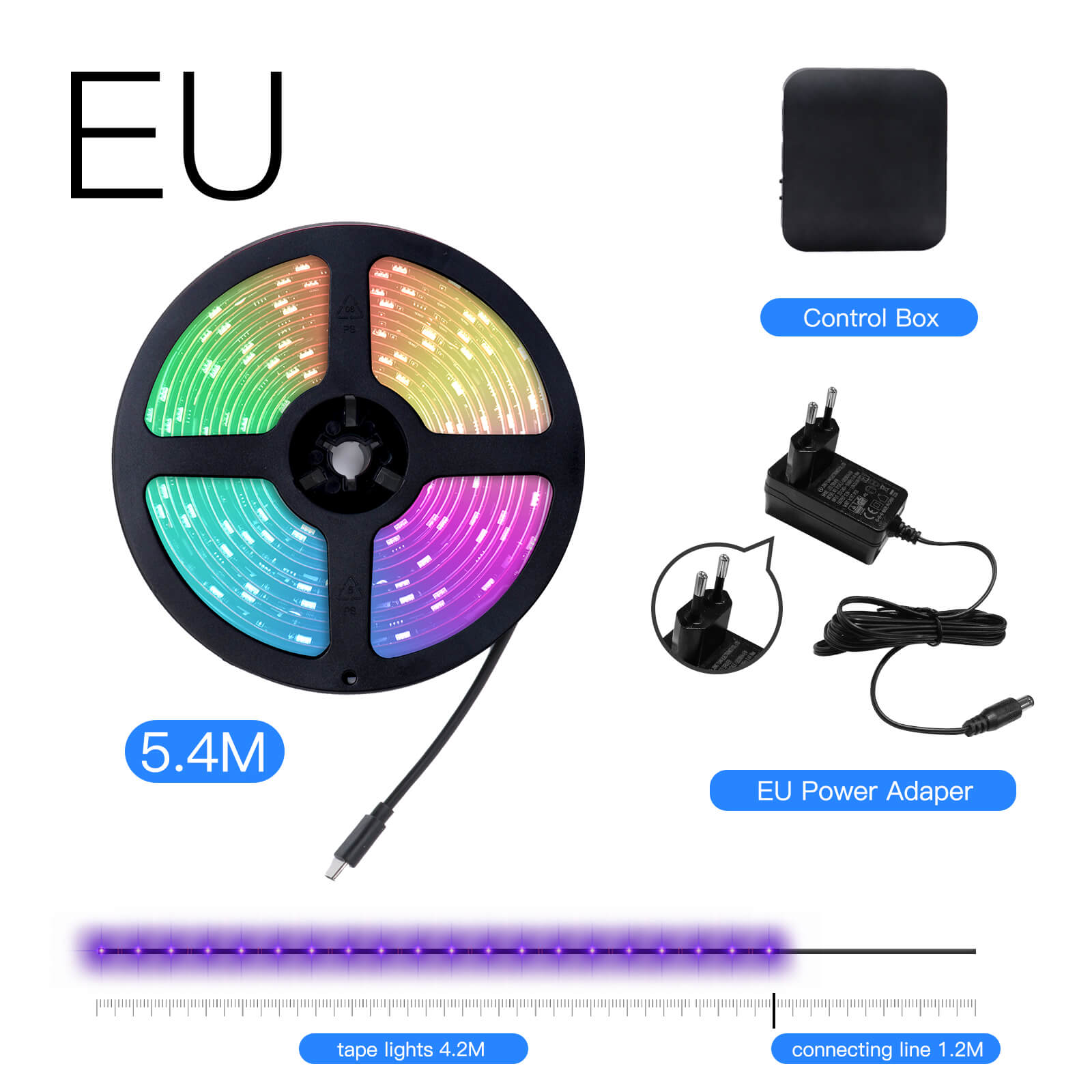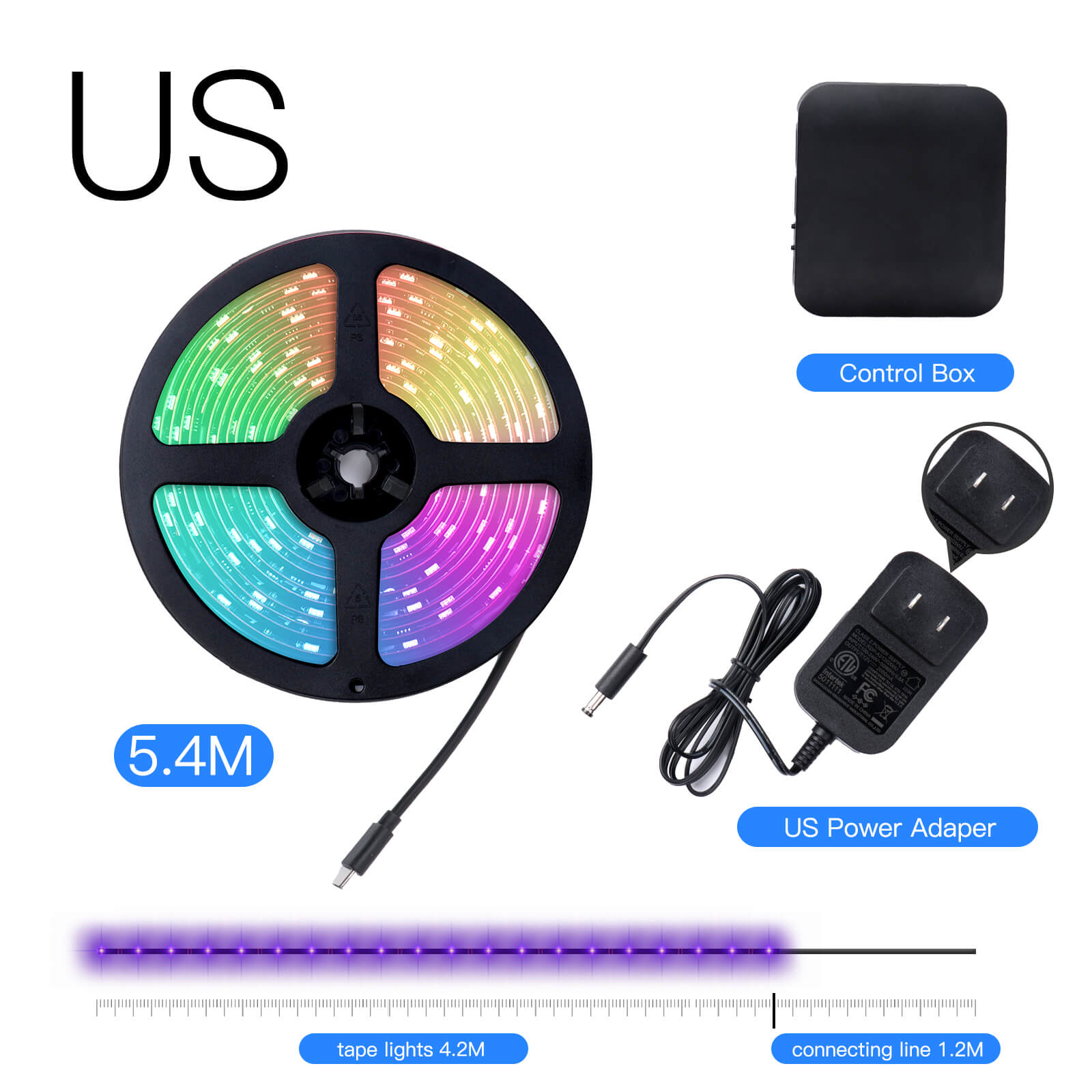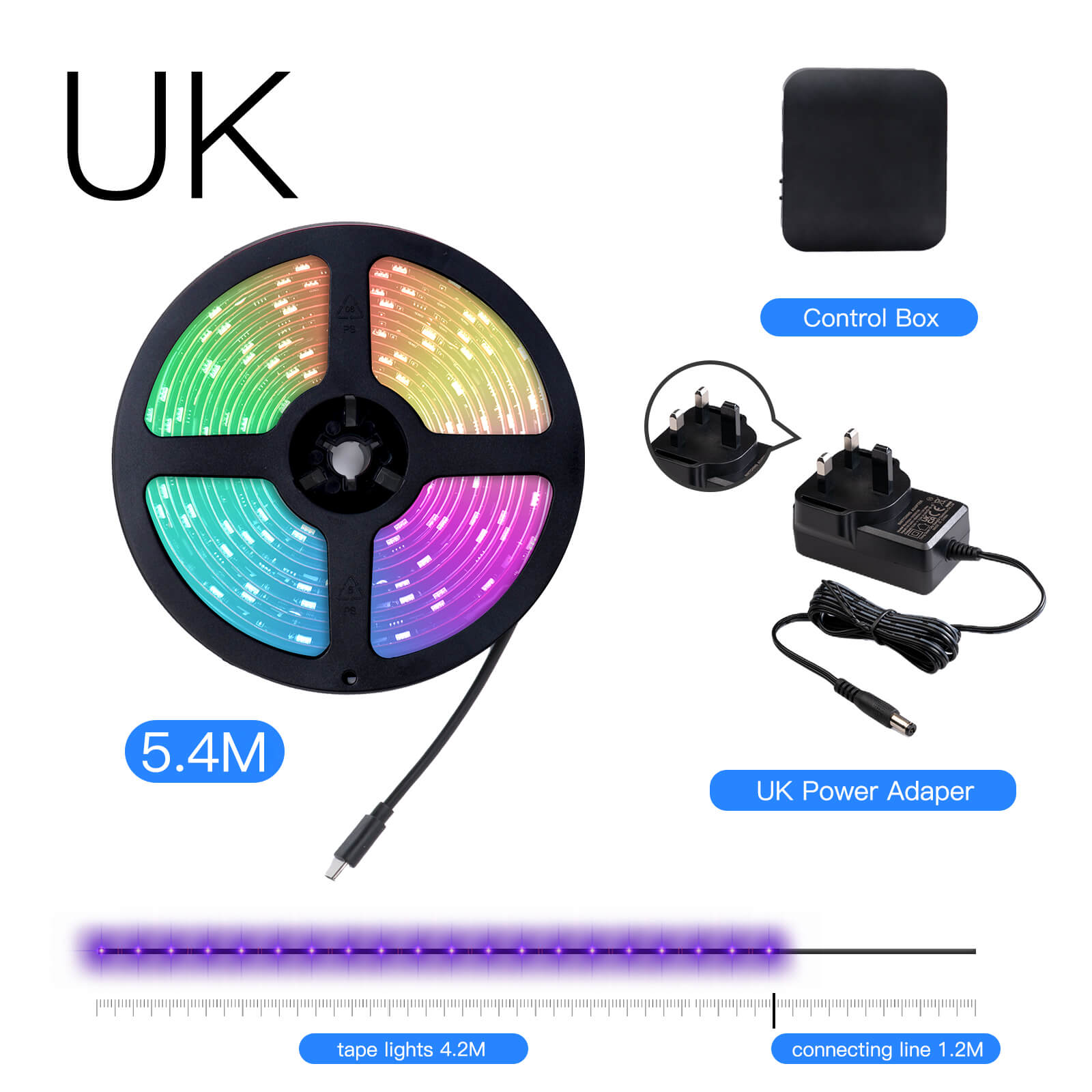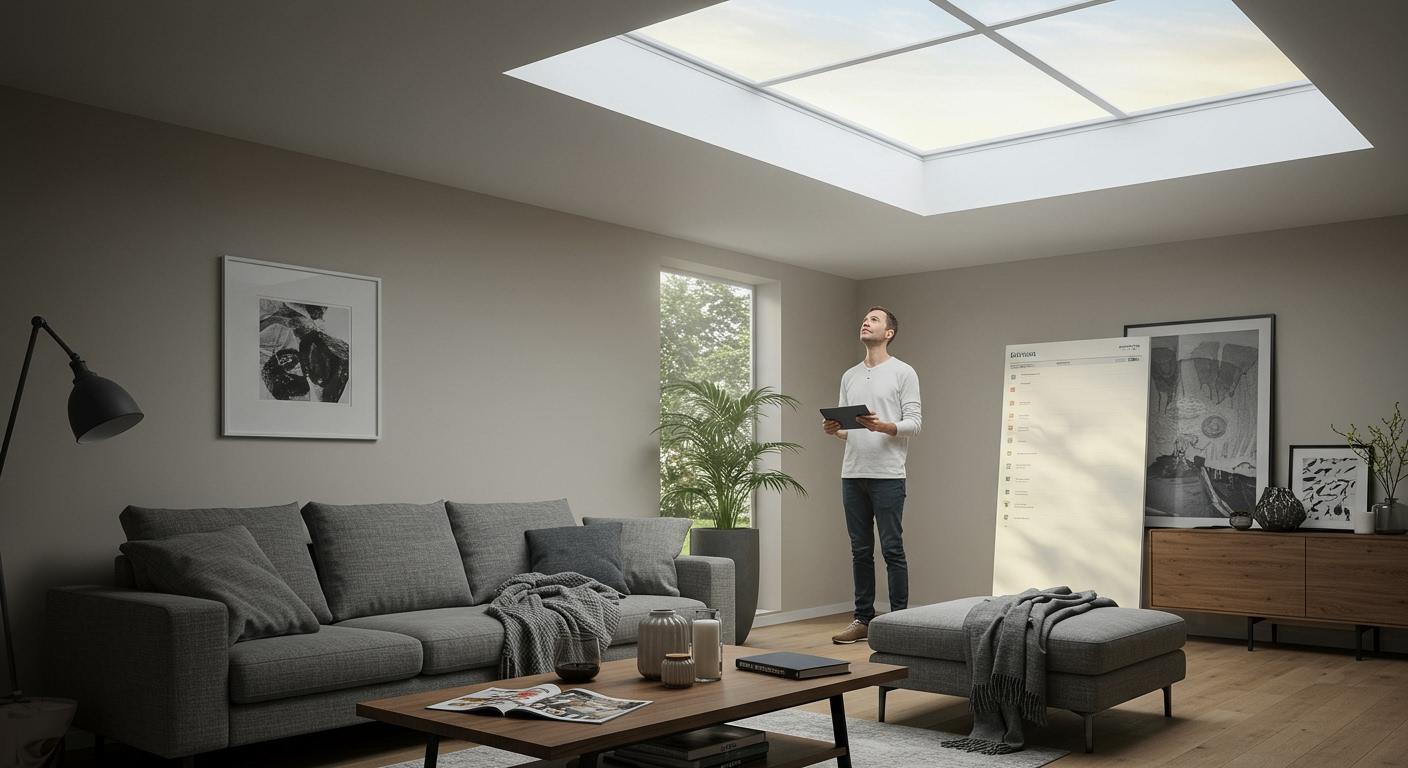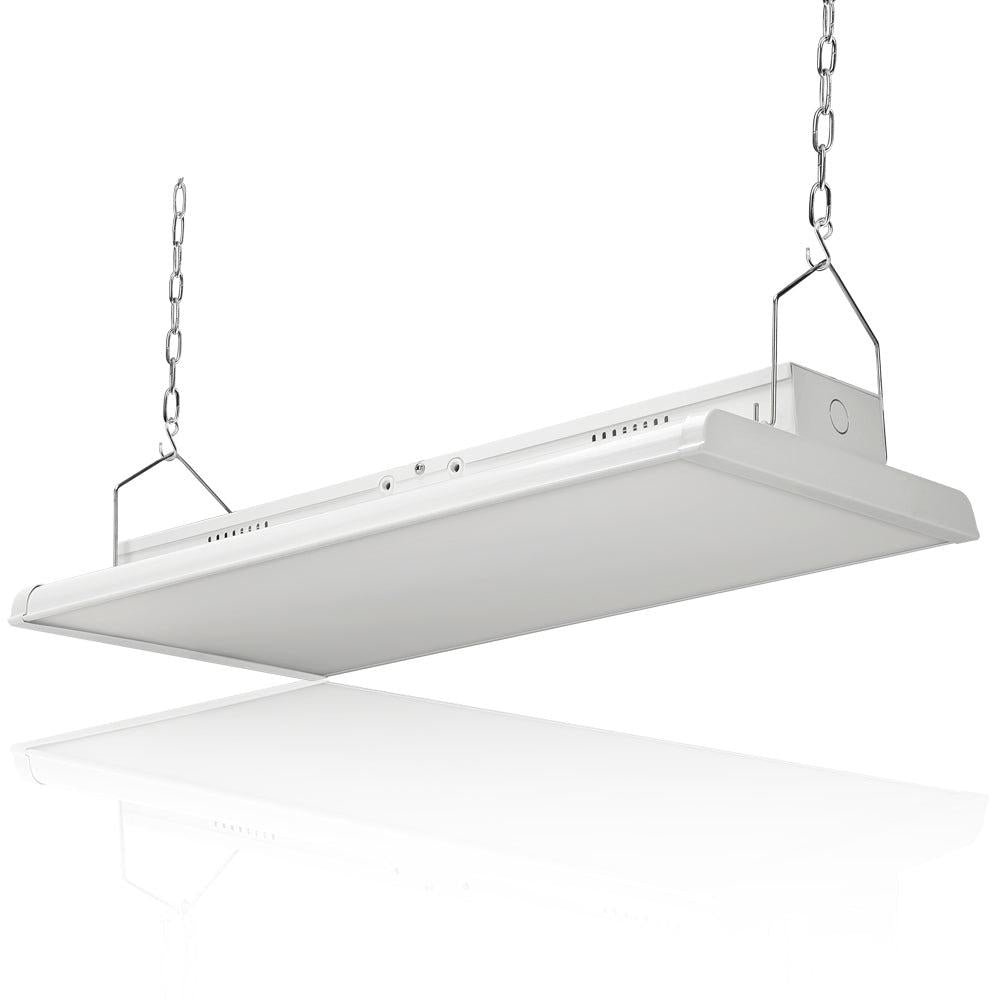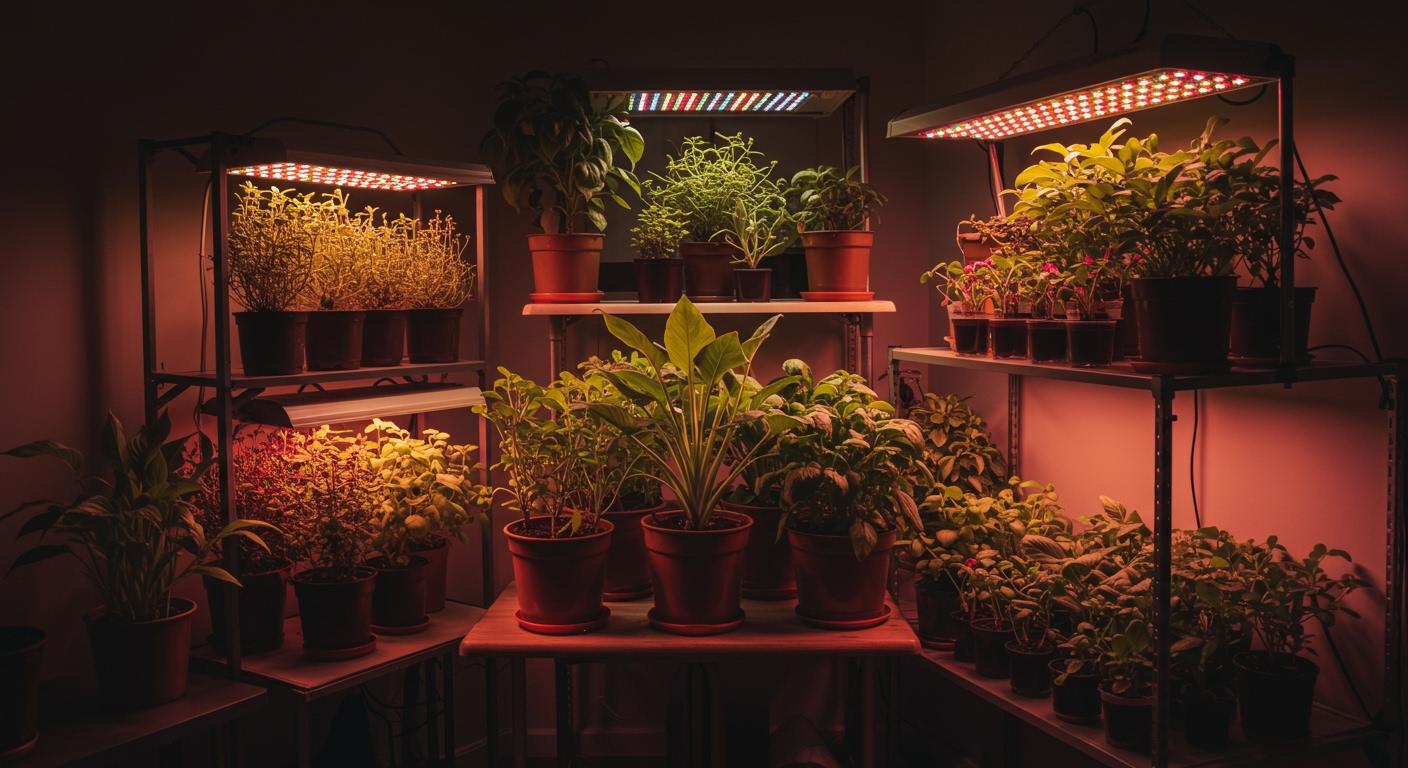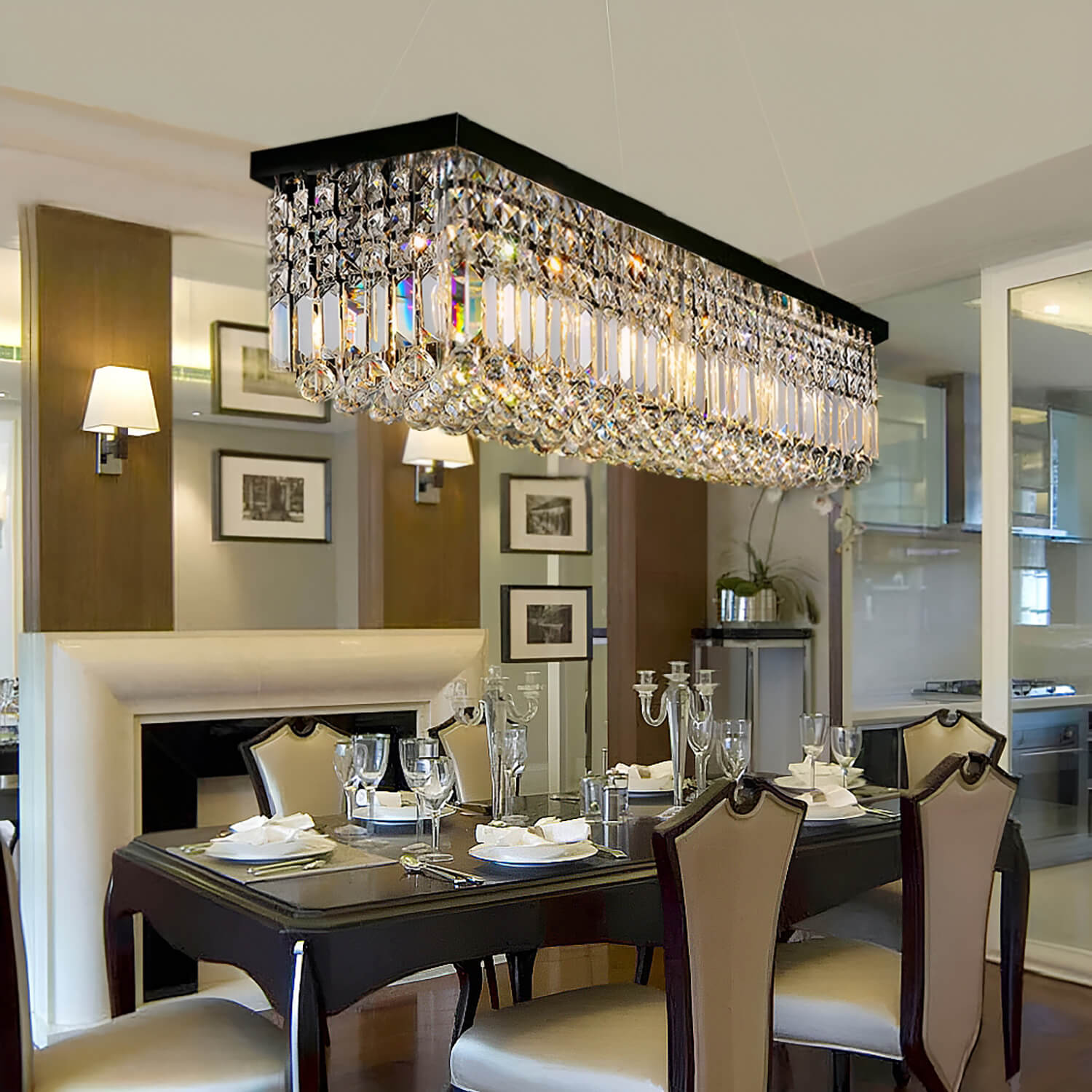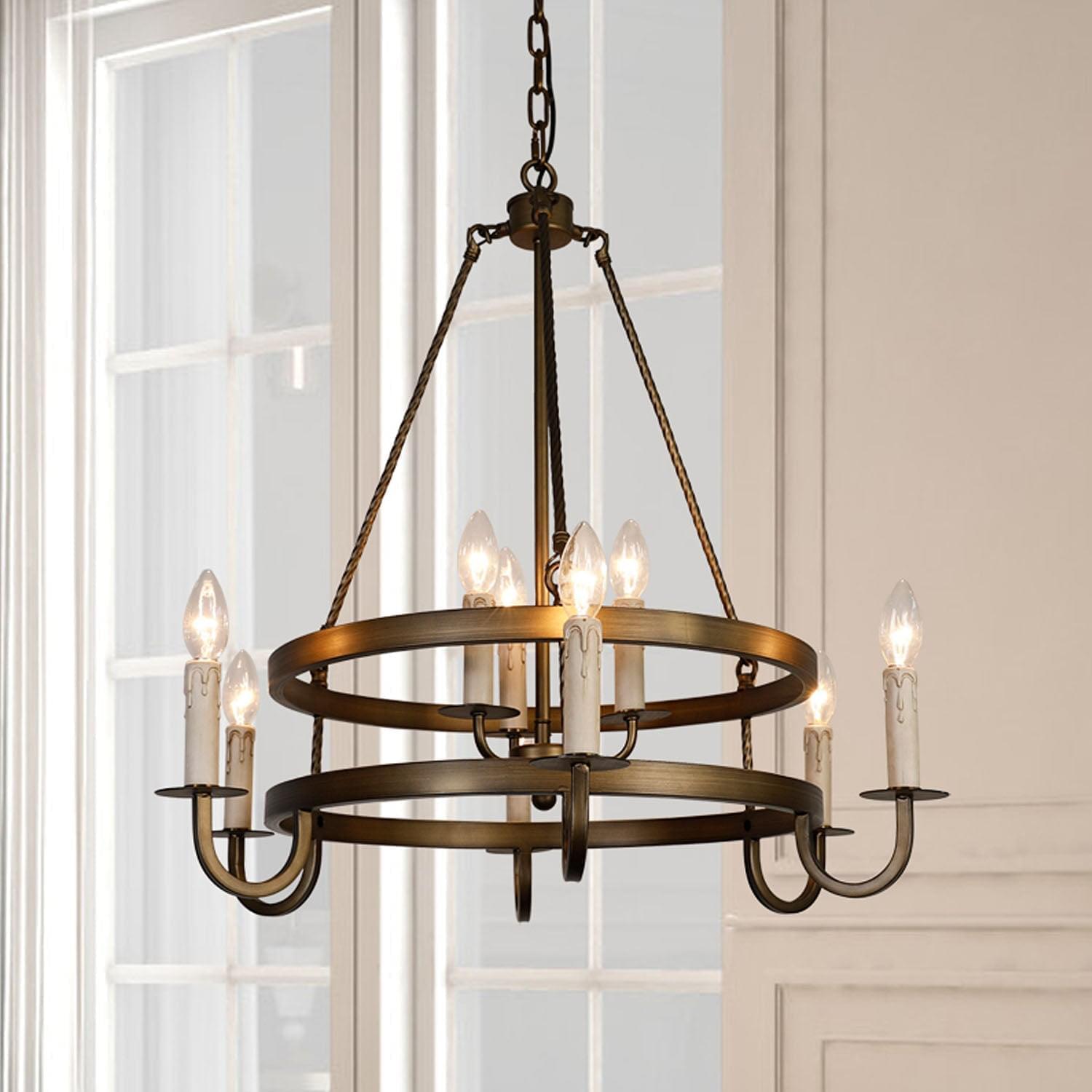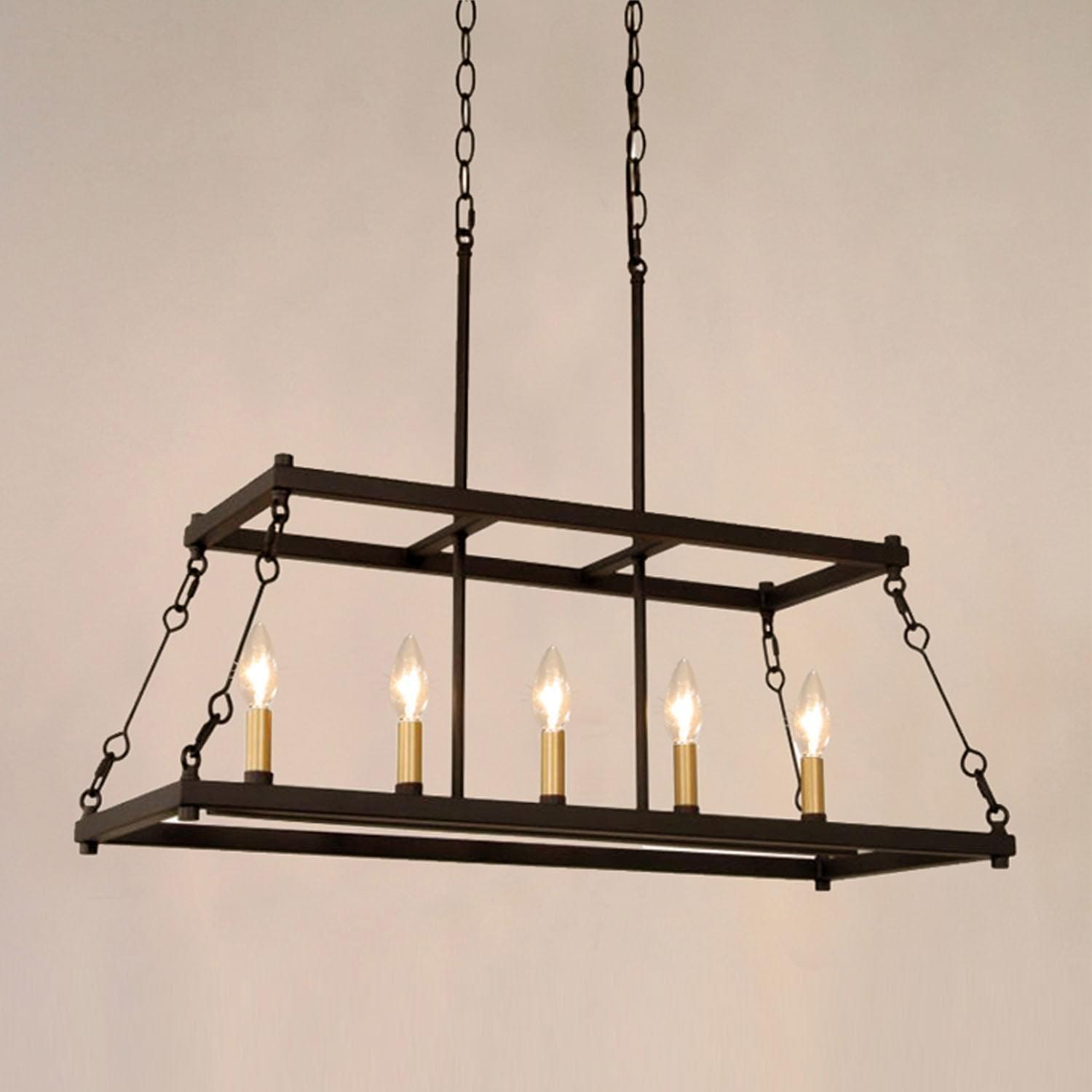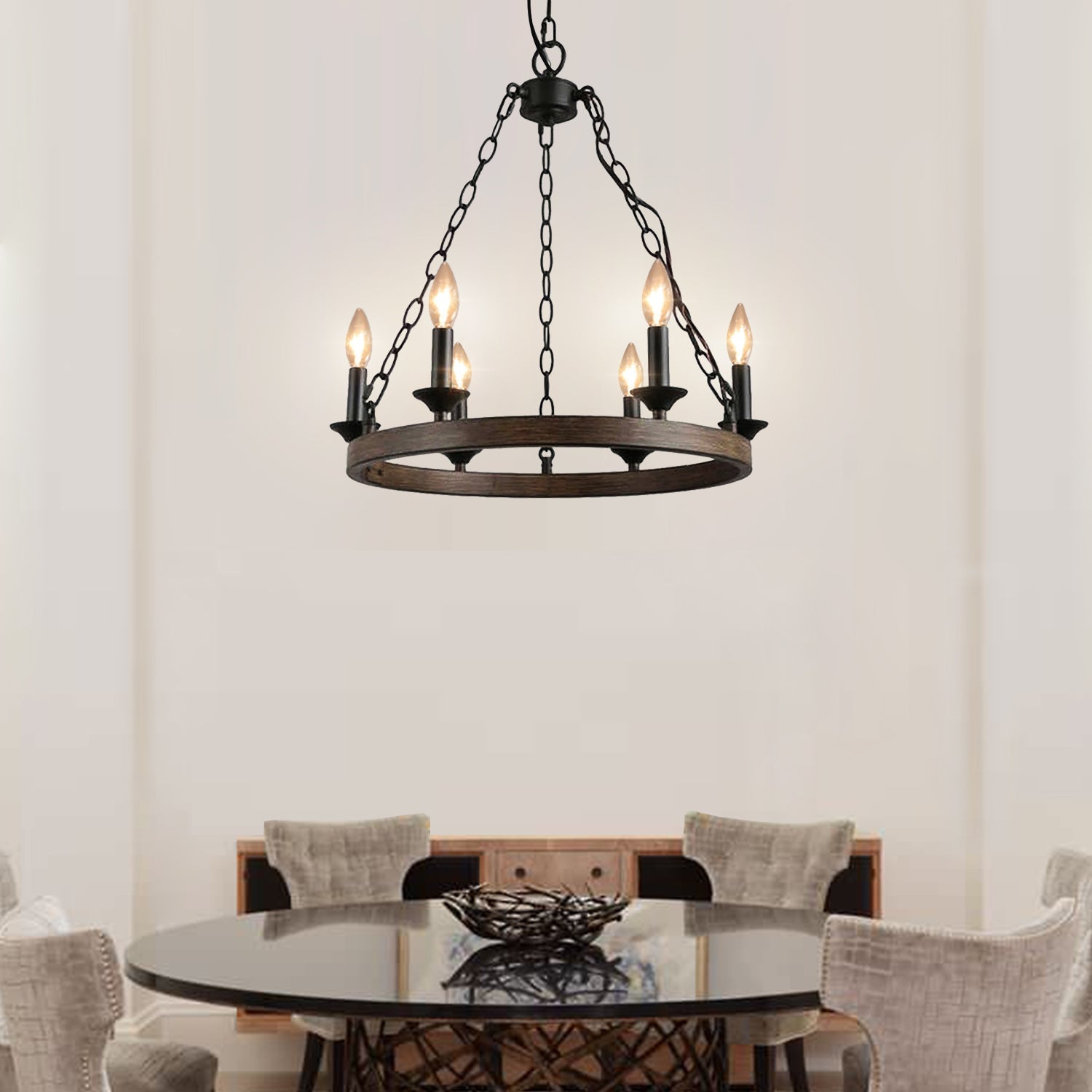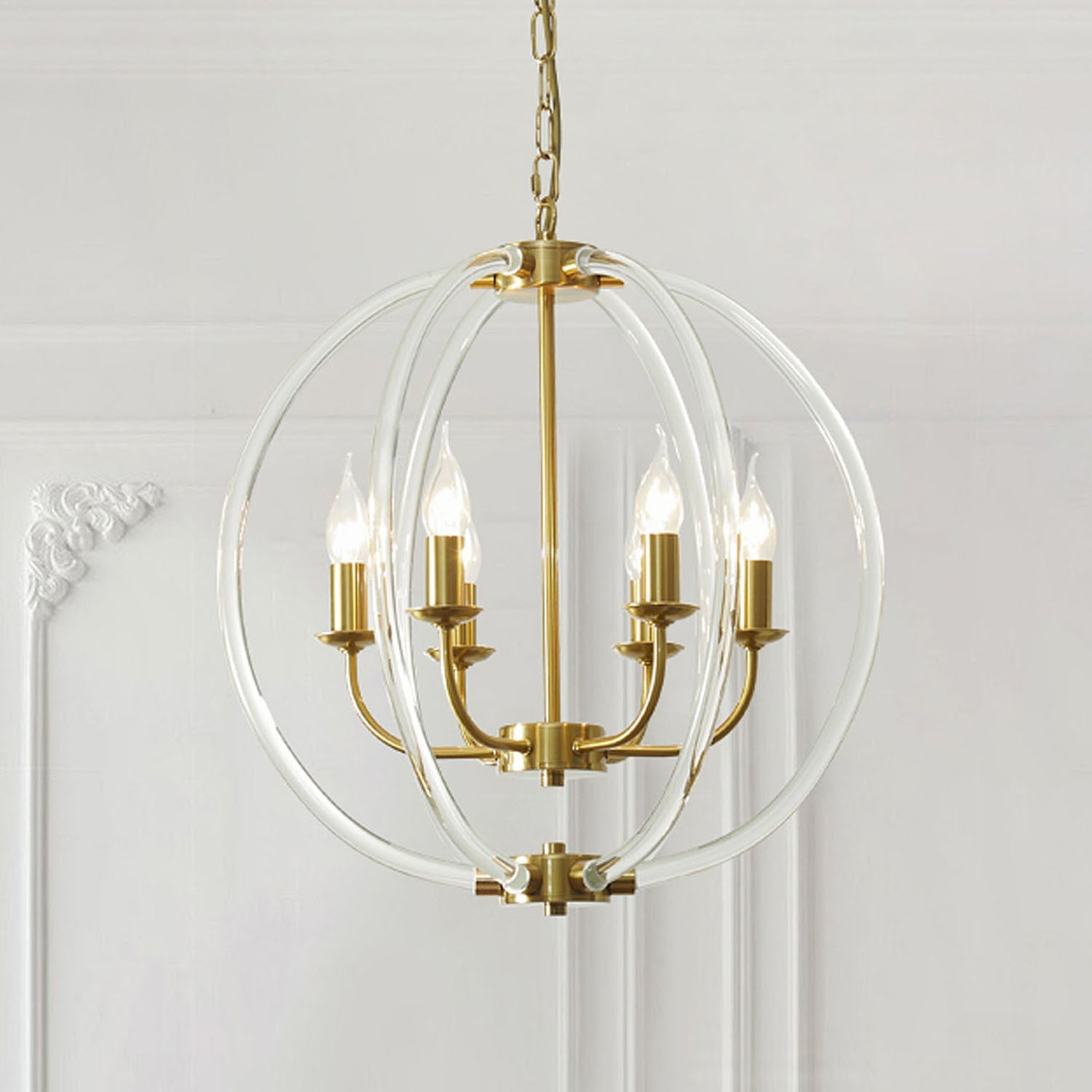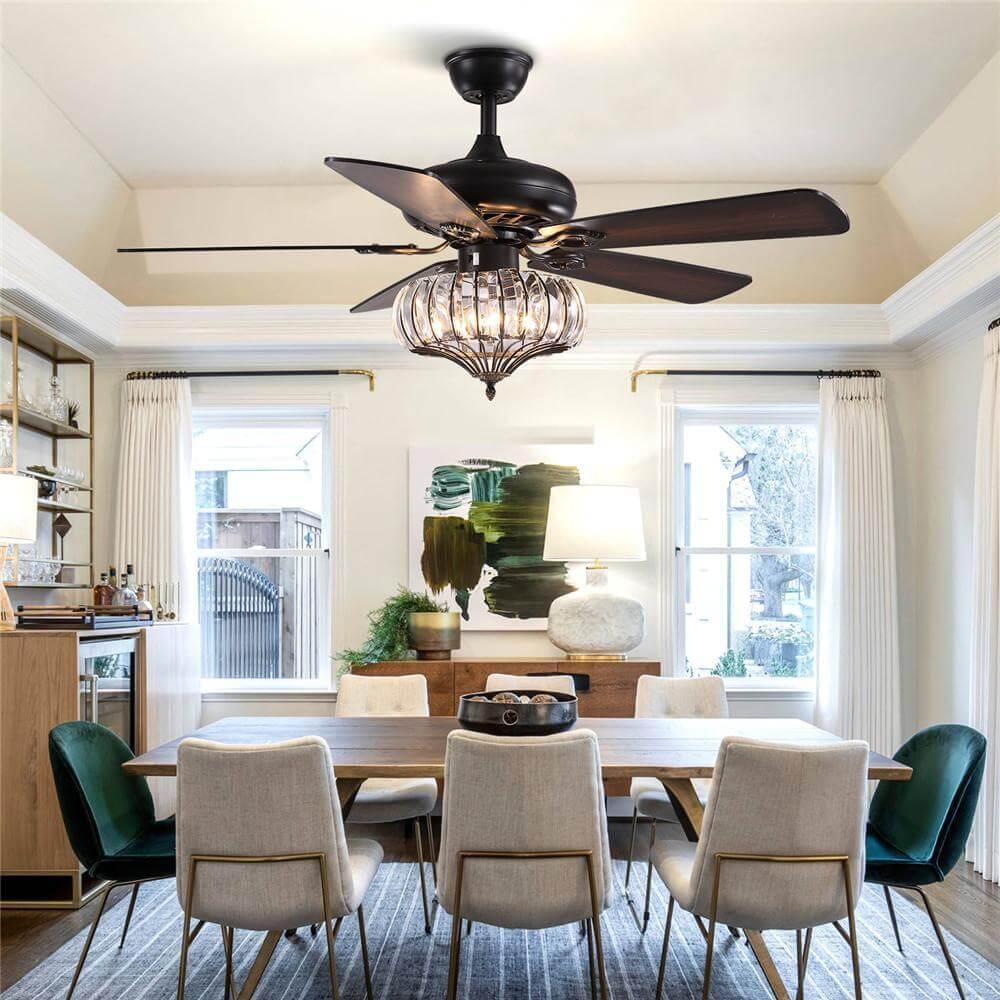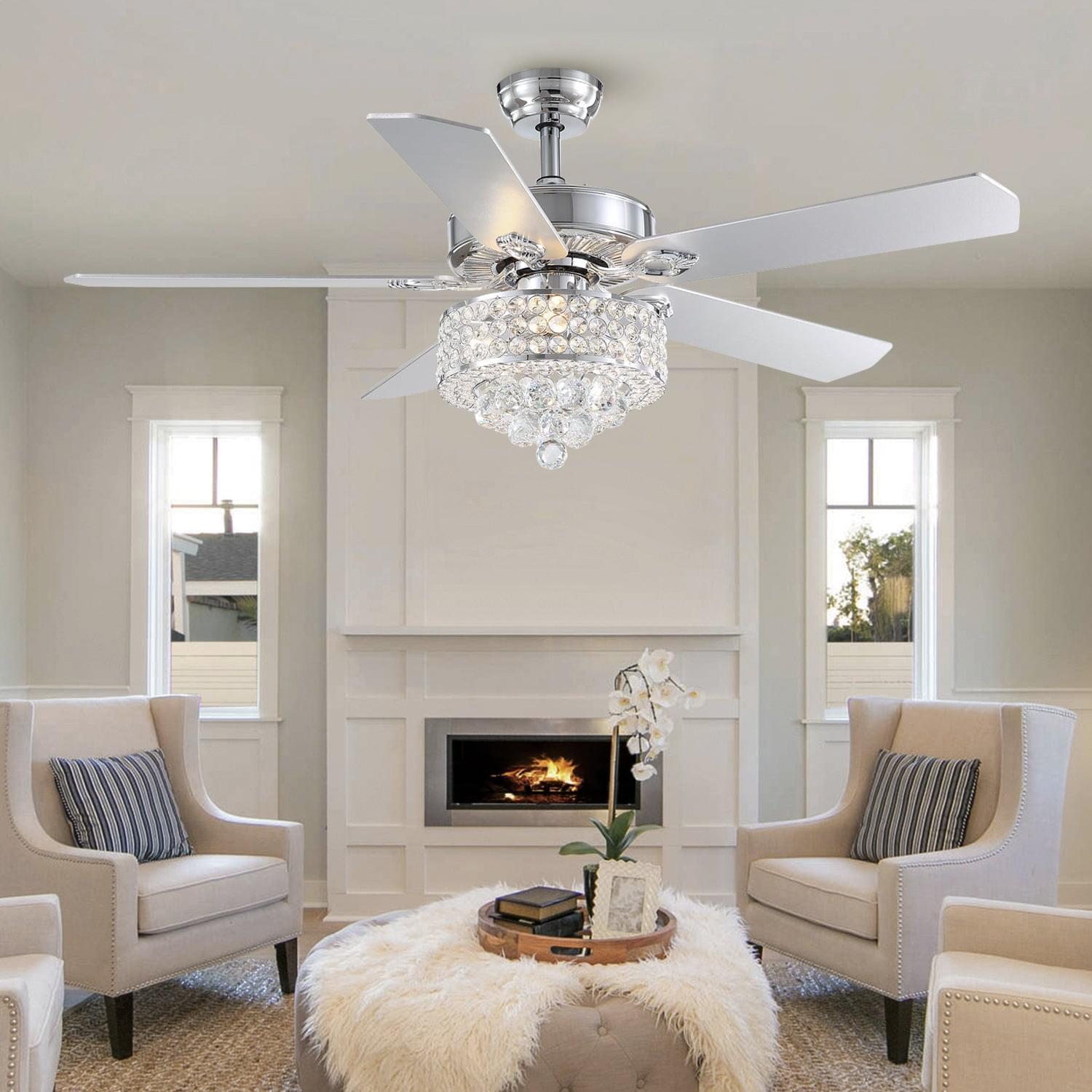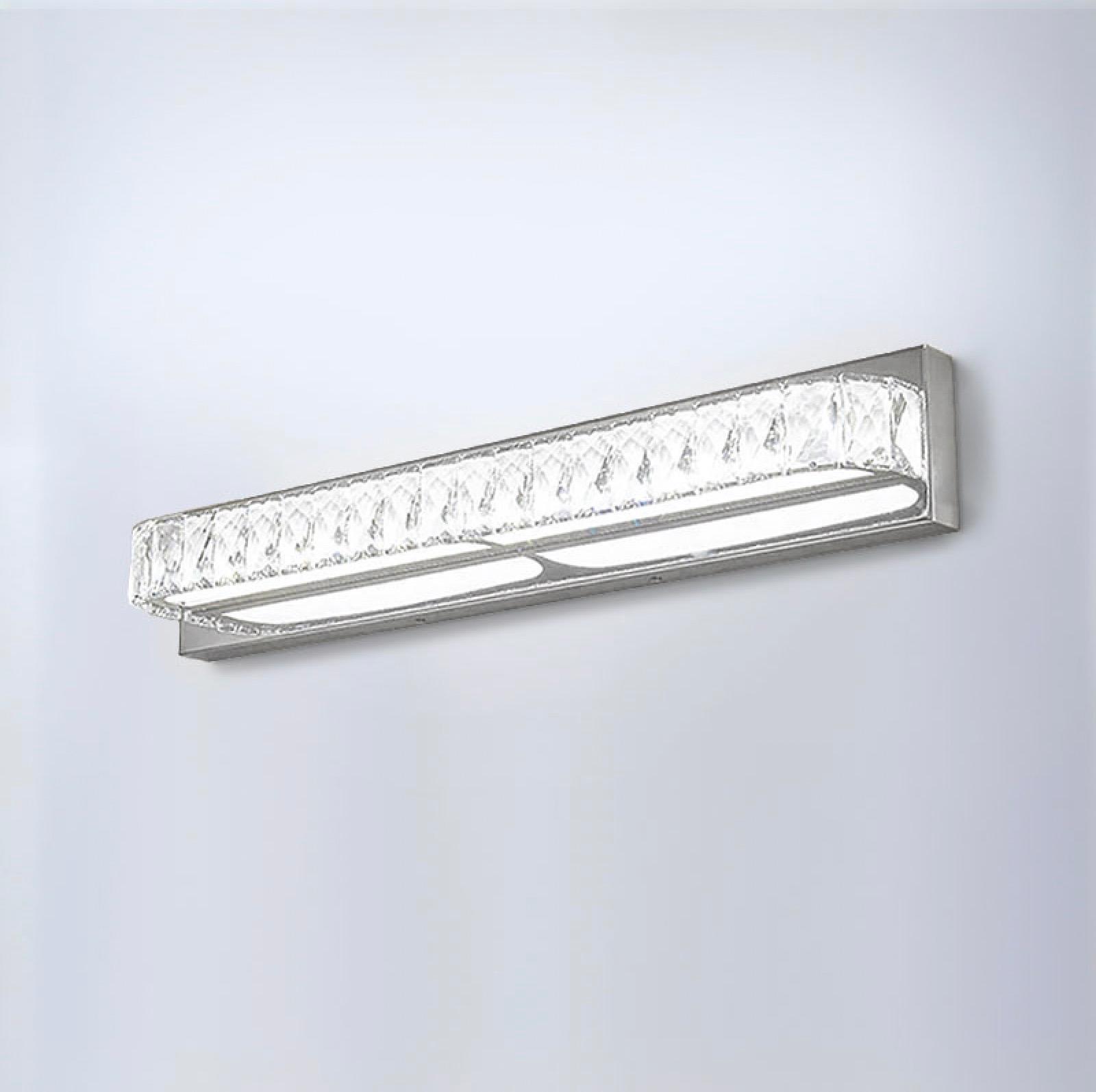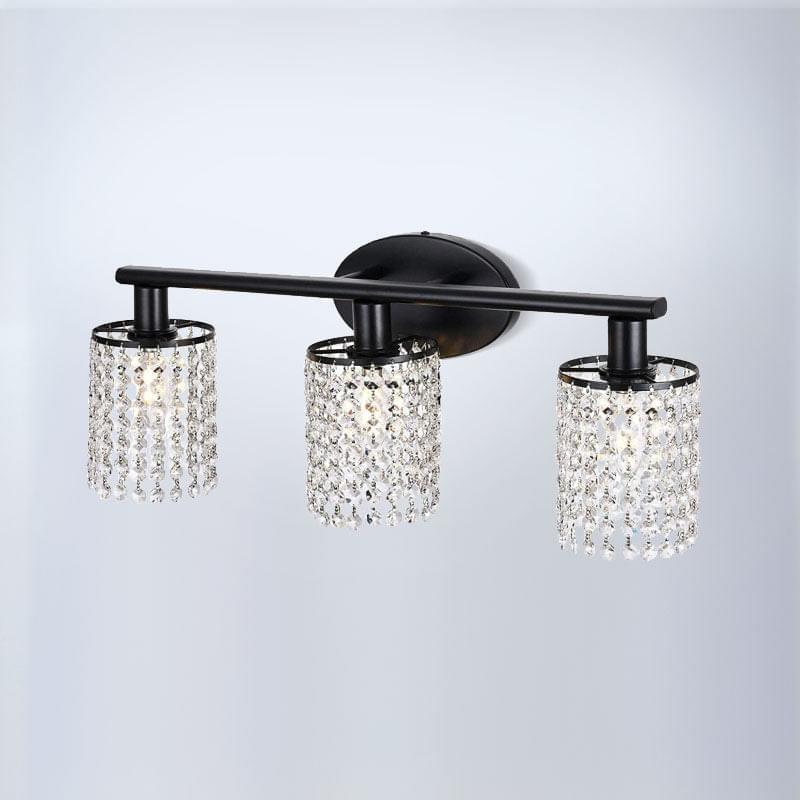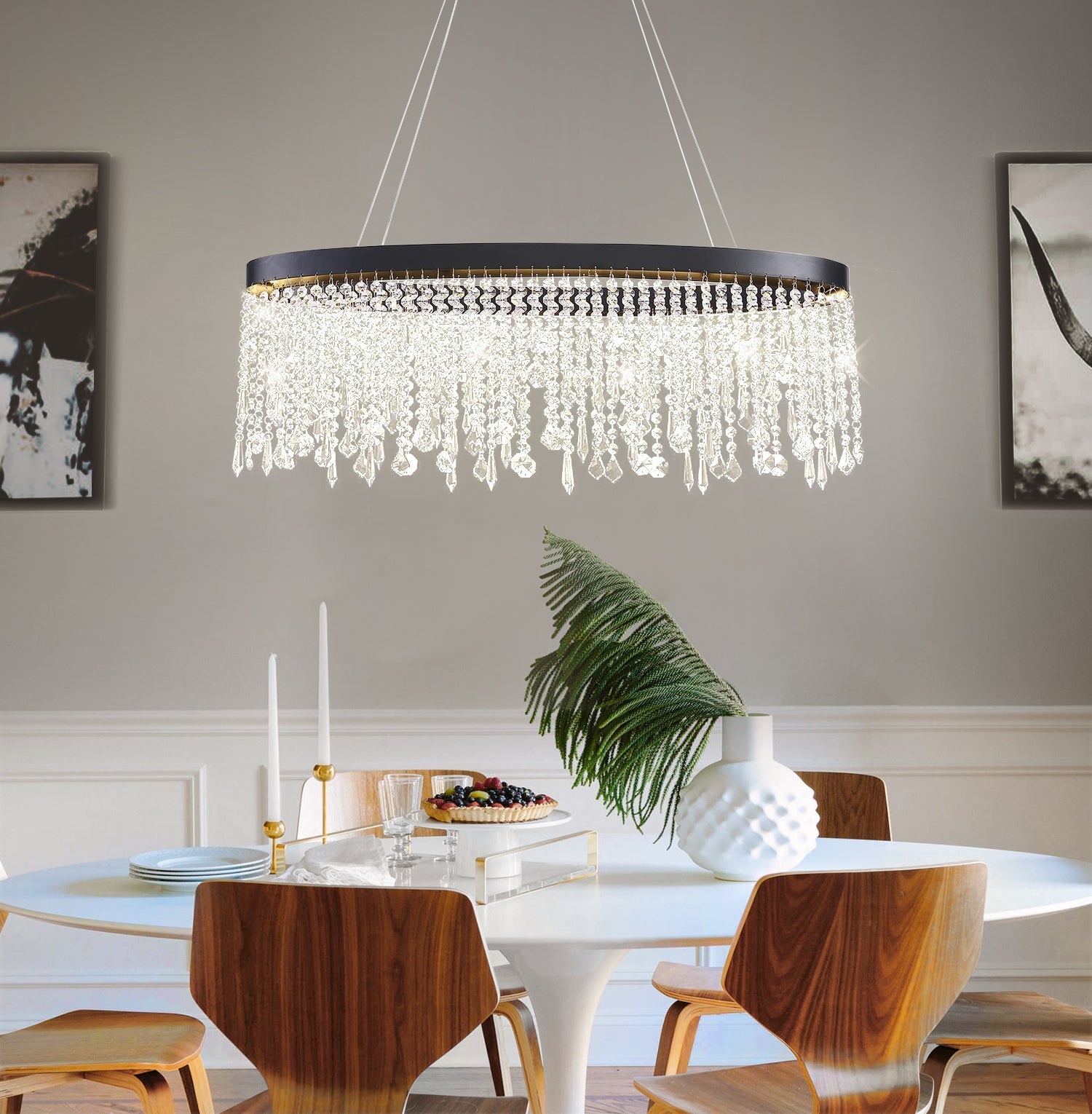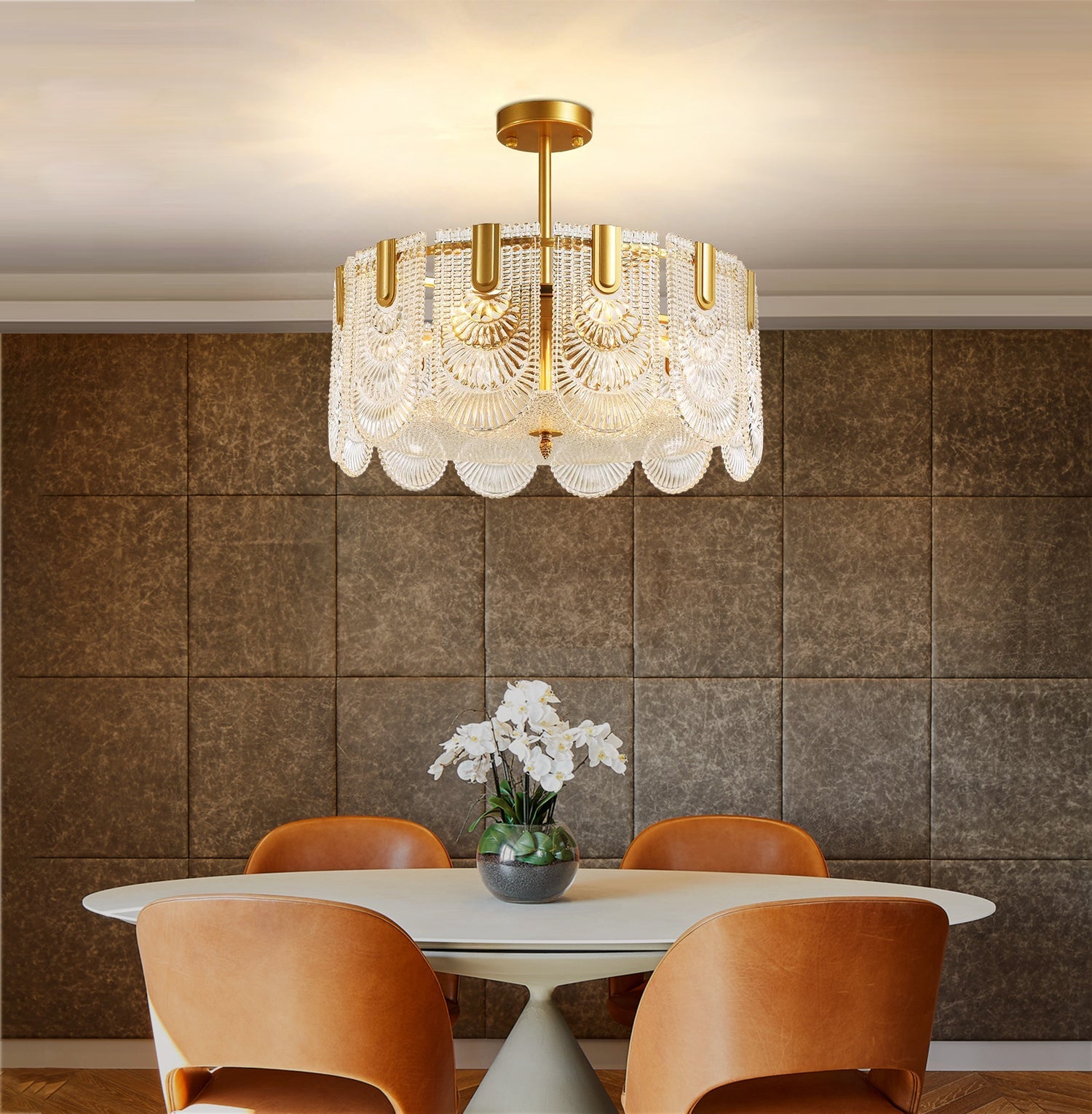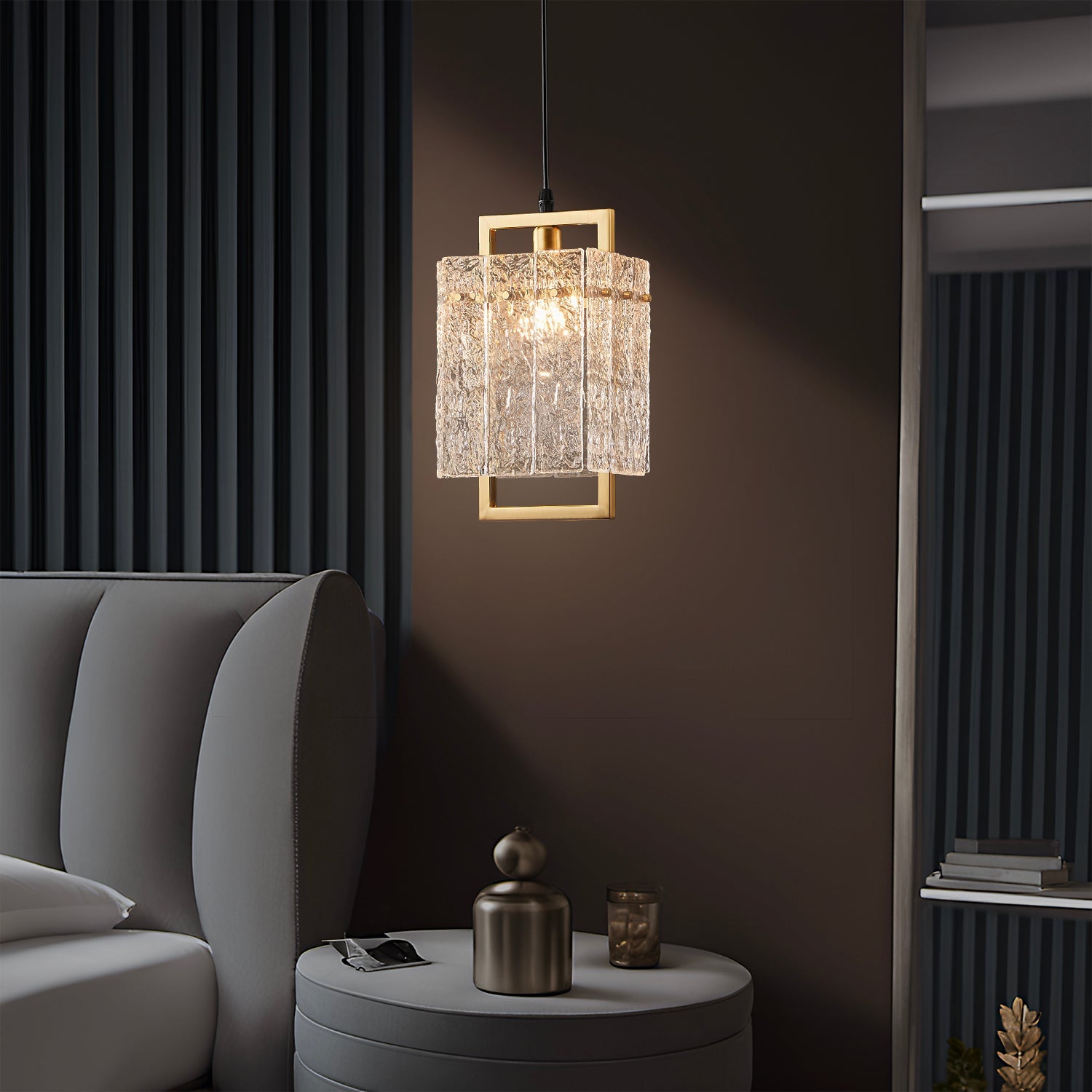Yes, a TV backlight can help prevent eye strain during movie nights. When you watch a bright screen in a dark room, your eyes work harder to adjust. This can lead to tired or dry eyes, blurry vision, or even headaches. Here are some common symptoms you might notice:
Symptom Category |
|
|---|---|
Eye-related Symptoms |
Dry eyes, burning eyes, blurred vision, light sensitivity, trouble keeping eyes open |
Other Body Symptoms |
Headaches, heavy eyelids, neck or shoulder pain, trouble concentrating |
You do not need a complicated fix. Using a TV backlight is a simple way to make your movie nights more comfortable.
Key Takeaways
Watching TV in a dark room causes your eyes to work hard because of the bright screen and dark surroundings.
Using a TV backlight adds soft light behind your TV, which reduces eye strain by balancing the brightness.
A good backlight like LumiMuse can match screen colors and create a more comfortable and immersive movie experience.
Choosing warm light colors and adjusting brightness helps your eyes relax during long viewing sessions.
If you feel ongoing eye discomfort or headaches, take breaks and consider seeing an eye doctor for advice.
Eye Strain Causes
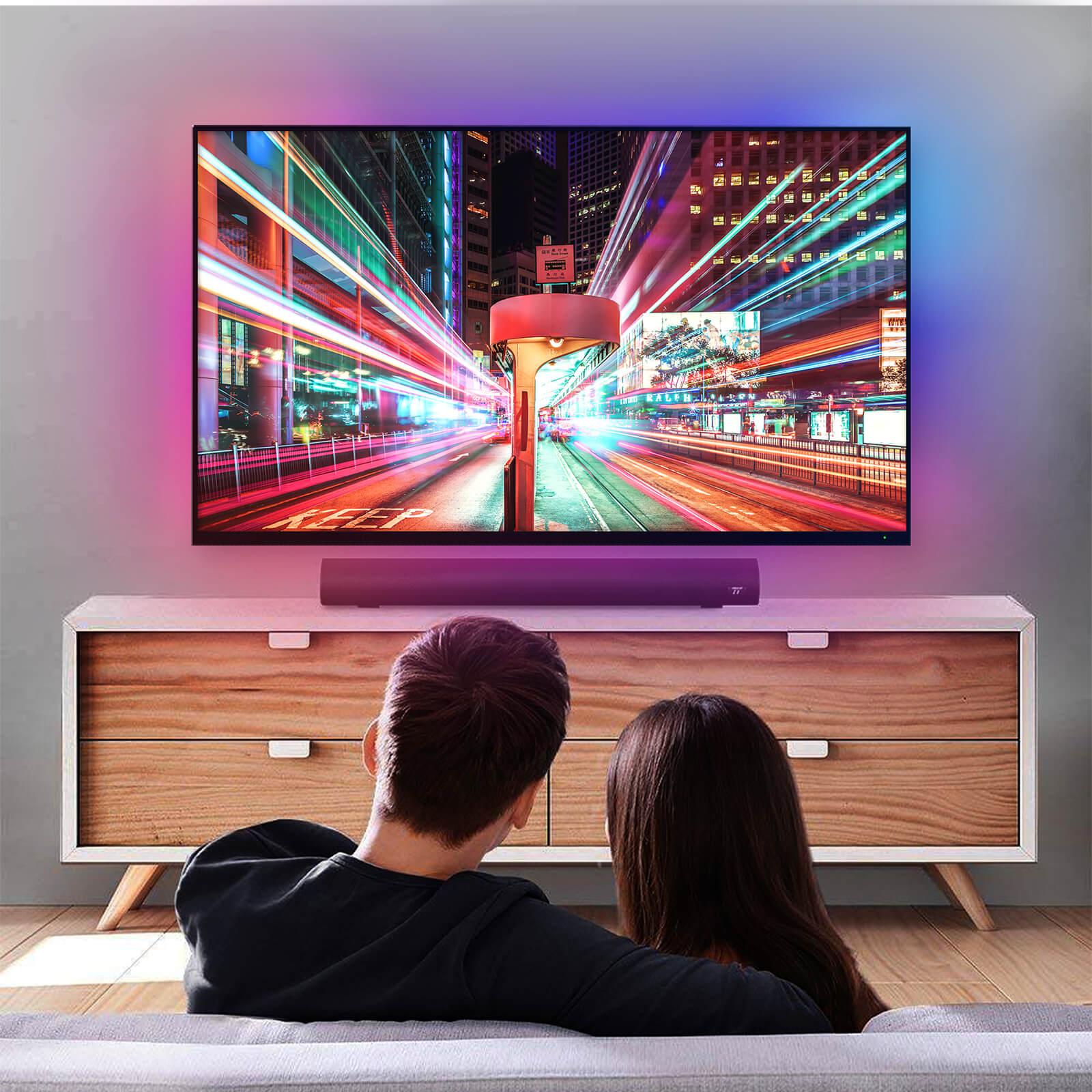
High Contrast
When you watch TV in a dark room, your eyes face a big challenge. The screen shines brightly, but everything around it stays dark. This creates a sharp difference, or high contrast, between the screen and the room. Your eyes have to work extra hard to keep up.
The bright light from the TV hits your eyes directly. Movie theater screens reflect light, but your TV does not. This makes your eyes feel tired faster.
Every time the scene on the screen changes, your eyes must adjust to new light levels. This constant adjustment can make your eyes feel sore or watery.
You might notice your eyes burning, getting blurry, or feeling heavy. Sometimes, you even get headaches or feel sensitive to light.
Tip: Adding a soft light behind your TV, called bias lighting, can help reduce this harsh contrast. It makes the room feel less dark and gives your eyes a break.
Eye Response
Your eyes react to light in amazing ways. When you stare at a bright screen in a dark room, your pupils shrink to block out some of the light. This is called the pupillary reflex. It happens automatically to protect your eyes.
Eye Response |
What Happens? |
|---|---|
Pupillary Reflex |
Pupils get smaller to reduce the amount of light entering your eyes. |
Photoreceptors |
Rods help you see in the dark, while cones handle bright light and colors. |
Visual Fatigue |
Staring at a bright screen for too long makes your eyes tired and uncomfortable. |
Blue light from screens can mess with your sleep and make you feel more alert. |
You might blink less when you focus on the screen. This dries out your eyes and makes them feel gritty. If you keep watching without breaks, your eyes get even more tired. The good news? These effects are usually temporary. Taking breaks, blinking more, and using a TV backlight can help your eyes feel better during movie nights.
Symptoms to Watch
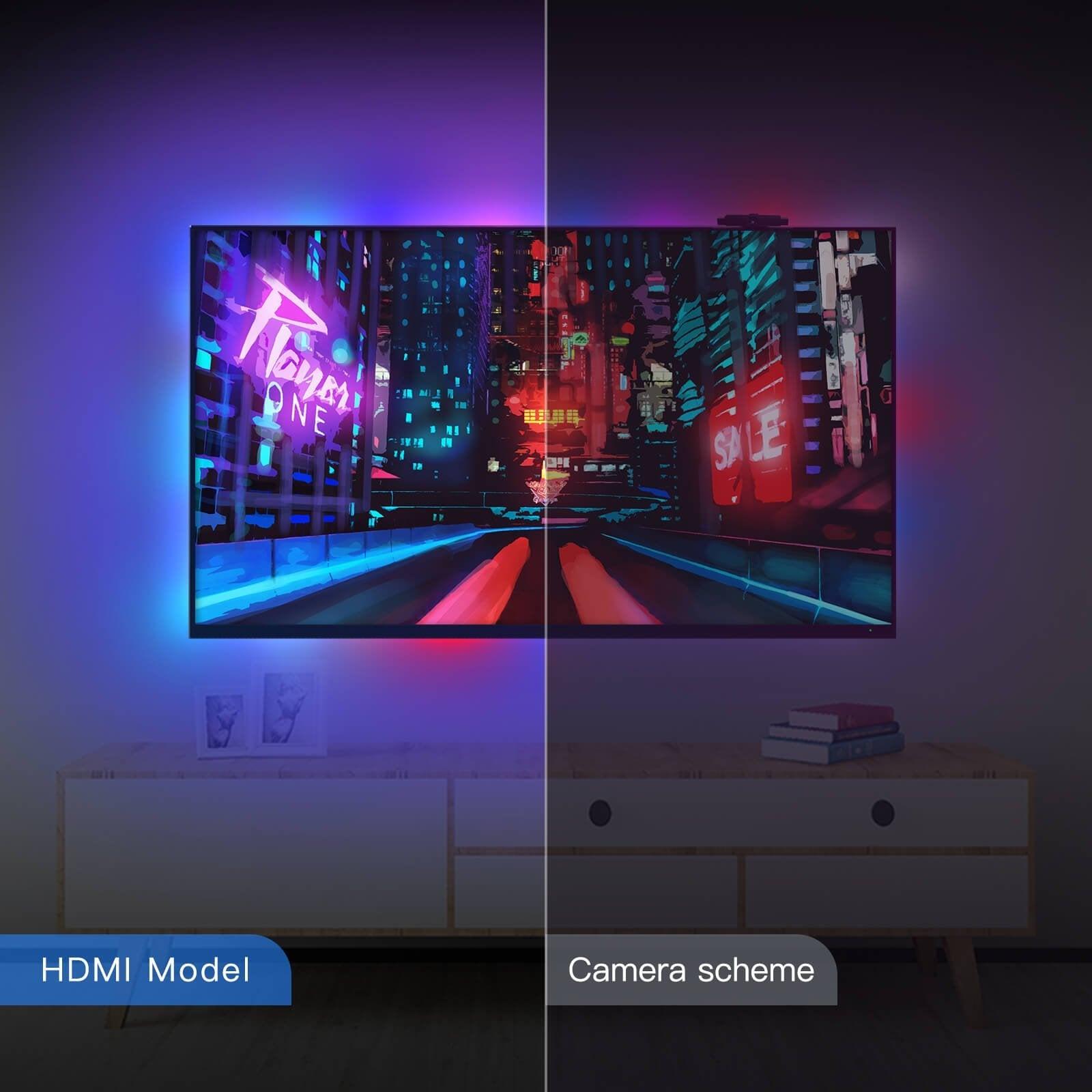
Common Signs
You might not always notice eye strain right away. Sometimes, the signs sneak up on you during a movie or after a long TV session. Here are some of the most common symptoms you should watch for:
Watery eyes or the feeling that something is stuck in your eye
Blurred or fuzzy vision
Sensitivity to bright lights
Headaches that start behind your eyes or at your temples
Trouble keeping your eyes open
Neck, shoulder, or back pain from sitting in one spot too long
Muscle fatigue, especially if you find yourself squinting or leaning forward
Tip: If you notice these symptoms, try blinking more often, adjusting your seating, or taking a short break from the screen. Sometimes, just a few minutes away can make a big difference.
When to Act
Most of the time, these symptoms go away after you rest your eyes or change your setup. But sometimes, the discomfort sticks around. If you keep feeling tired eyes, headaches, or blurry vision even after you take breaks or adjust your lighting, it might be time to do more.
You should consider talking to an eye care professional if your symptoms do not improve. Persistent discomfort, frequent headaches, or trouble focusing could mean there is another issue, like needing new glasses or having an eye muscle problem. An eye doctor can check your vision and suggest solutions, such as special glasses or eye drops, to help you feel better.
Note: Don’t wait for your yearly eye exam if your eyes keep bothering you. Getting help early can protect your vision and make your movie nights much more enjoyable.
TV Backlight Benefits
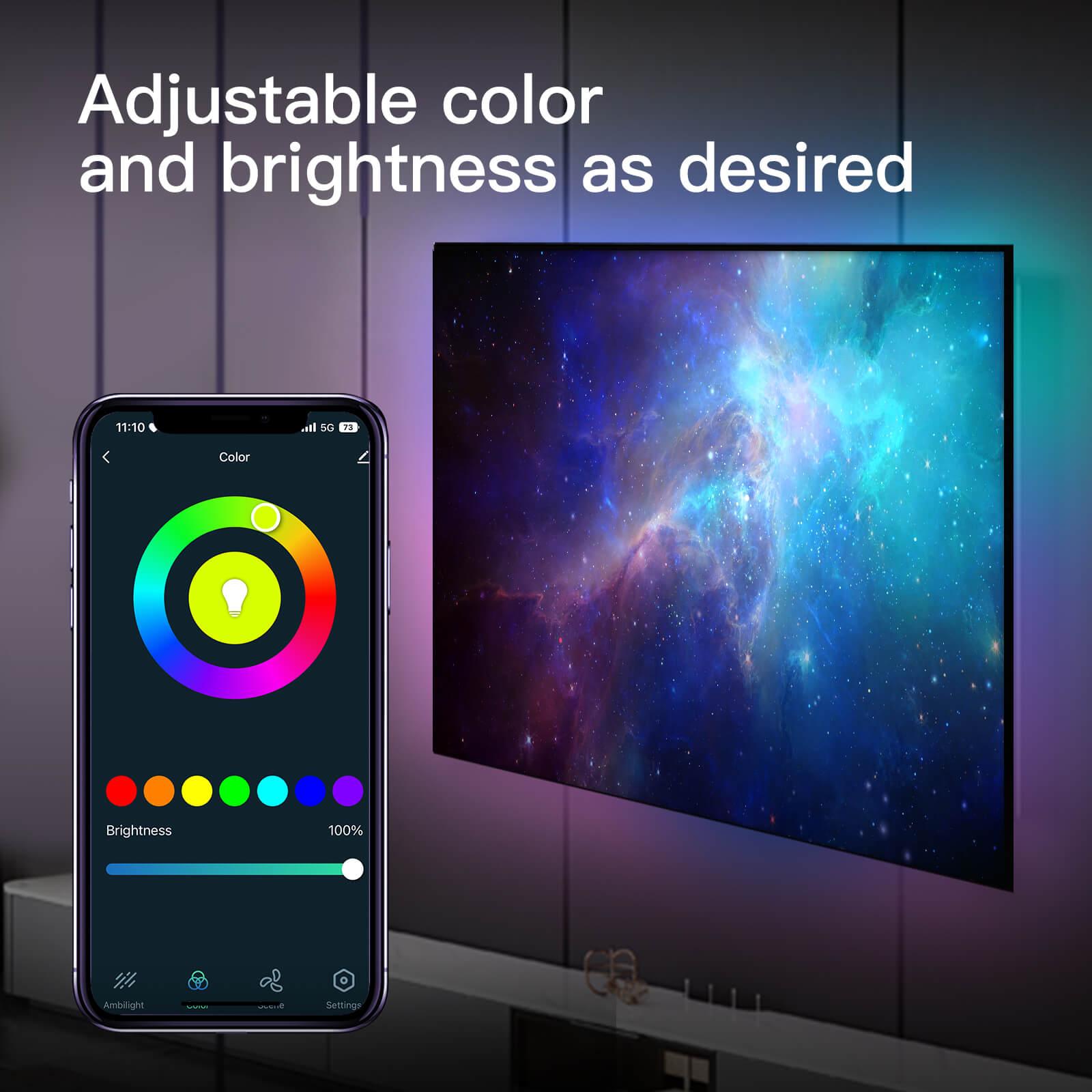
How It Works
A TV backlight, also called bias lighting, is a simple but powerful way to make your movie nights more comfortable. You place a soft light behind your TV. This light shines on the wall, not directly at your eyes. The glow helps balance the brightness between your TV screen and the dark room. Your eyes do not have to work as hard to adjust between the bright screen and the darkness around it.
Bias lighting works by creating a gentle, even light behind your TV. This reduces the sharp contrast that can make your eyes tired or sore. When you use a TV backlight, you help your eyes relax. You may notice less dryness, fewer headaches, and a more enjoyable viewing experience.
The LumiMuse Smart WiFi Ambient Lighting TV Backlight takes this idea to the next level. It uses real-time color sync to match the colors on your screen. As the action changes, the lights behind your TV change too. This makes your room feel like part of the movie. You get a bigger, more immersive picture without straining your eyes.
You can also choose from different modes—movie, video, or game—to fit what you are watching. The LumiMuse app lets you adjust brightness and color with just a tap. You can even use your voice to control the lights with Alexa or Google Home. Want to set the mood for a party? Try the music sync mode. The lights will dance along with your favorite songs, making every night feel special.
Tip: Installing a TV backlight is easy. The LumiMuse system connects to your TV set-top box with an HDMI cable. You can set it up in minutes and start enjoying a more comfortable movie night right away.
Science Behind It
Your eyes work hard when you watch TV in a dark room. The bright screen makes your pupils shrink, but the darkness around the screen makes them want to open wider. This constant change can tire out your eye muscles. Studies show that your pupils can change size from 1 to 9 millimeters, and it can take up to five minutes for your eyes to fully adjust. That is a lot of work for your eyes during a long movie!
A TV backlight helps by giving your eyes a steady point of reference. The soft glow behind the TV means your eyes do not have to keep adjusting between bright and dark. This reduces muscle tension and helps prevent symptoms like dryness, itchiness, and headaches. Bias lighting also makes colors look richer and blacks look deeper, so your movies look even better.
Unlike traditional room lighting, which can cause glare or reflections on your screen, a TV backlight creates a subtle glow that frames your TV. It does not shine directly at you, so you get all the comfort without any annoying reflections. You can lower your TV’s brightness, which also helps reduce eye fatigue.
The LumiMuse TV backlight stands out because it offers ultra-low latency. The lights change almost instantly with what is happening on your screen. You will not notice any lag, so the experience feels smooth and natural. You can pick from 12 different scenes or create your own custom settings. The app and voice controls make it easy to switch modes or adjust the lights without leaving your seat.
Customizable lighting modes let you set the perfect mood for any activity. You can choose warmer tones for relaxing or cooler tones for focusing. The music sync feature adds another layer of fun, making your room come alive with every beat. All these features work together to make your movie nights more comfortable, immersive, and enjoyable.
With a TV backlight like LumiMuse, you get more than just eye comfort. You get a home theater experience that feels bigger, brighter, and more exciting—without the strain.
Setup Tips
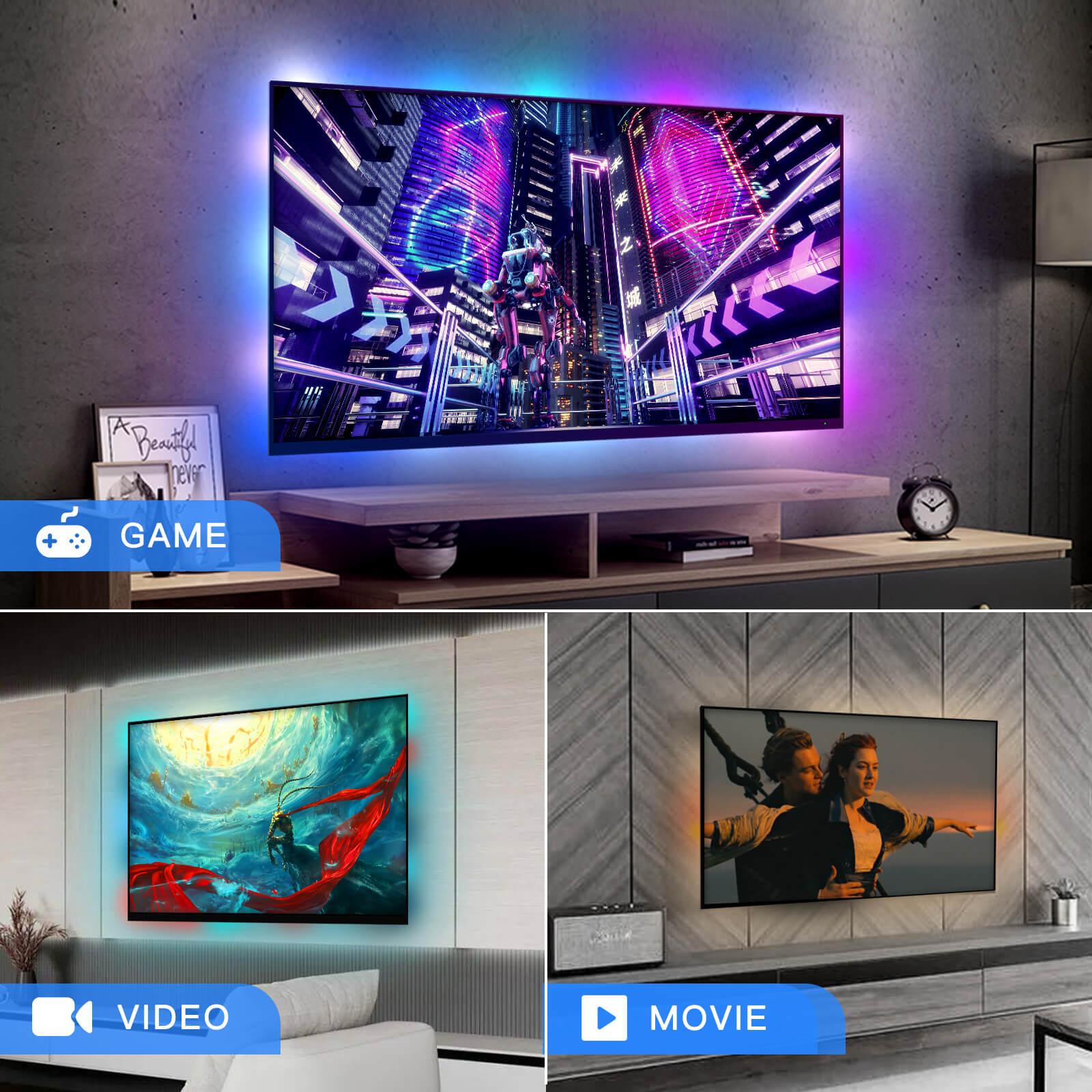
Choosing Color
Picking the right color for your TV backlight can make a big difference in how your eyes feel. Warmer colors, like soft white or gentle yellow, help reduce blue light. Blue light can make your eyes tired, especially at night. Try setting your backlight to a warm white (around 2700K-3000K) for a cozy, relaxing glow. This makes movie nights feel comfortable and helps your eyes relax. If you want a more natural look, you can choose a neutral white (3500K-4500K). Avoid cool or blue tones for long viewing sessions, since they can cause more eye strain.
Tip: Softer, indirect lighting behind your TV balances the contrast between the screen and the room. This helps prevent your eyes from getting tired.
Easy Install
Setting up your LumiMuse TV backlight is simple. Here’s a quick step-by-step guide:
Measure the area behind your TV to see how much LED strip you need.
Clean the back of your TV so the adhesive sticks well.
Cut the strip only at marked points if you need to adjust the length.
Peel off the backing and press the strip firmly onto the TV.
Connect the strip to the HDMI interface on your TV set-top box using the included cable.
Plug in the power supply and make sure everything stays dry.
Use the LumiMuse app or your voice assistant (like Alexa or Google Home) to test and control your lights.
You can use LumiMuse with TVs of different sizes—50, 60, or 70 inches—and it works in the US, UK, and EU.
Extra Tips
Want to get the most out of your setup? Here are a few more ideas:
Adjust the brightness to match your room. Lower brightness works best in dark rooms.
Keep cables tidy to avoid clutter and tripping hazards.
Place your TV away from windows or bright lights to prevent glare.
Use a surge protector to keep your system safe from power spikes.
Take breaks during long movie sessions to rest your eyes.
A little planning goes a long way. With the right setup, your TV backlight can make every movie night more comfortable and fun.
A TV backlight can make your movie nights much more comfortable. You help your eyes by reducing harsh contrast and creating a cozy glow. Experts say bias lighting can lower eye strain and even help you sleep better. Check out what others have noticed:
Source |
Benefit Highlighted |
|---|---|
Expert Article |
|
User Testimonials |
Easy setup, better ambiance, more enjoyable viewing |
You can try simple changes like using warm LED lights, adjusting brightness, and keeping screens at the right distance. These small steps really add up. Why not give LumiMuse a try? Share your own tips or stories in the comments—your experience could help someone else!
FAQ
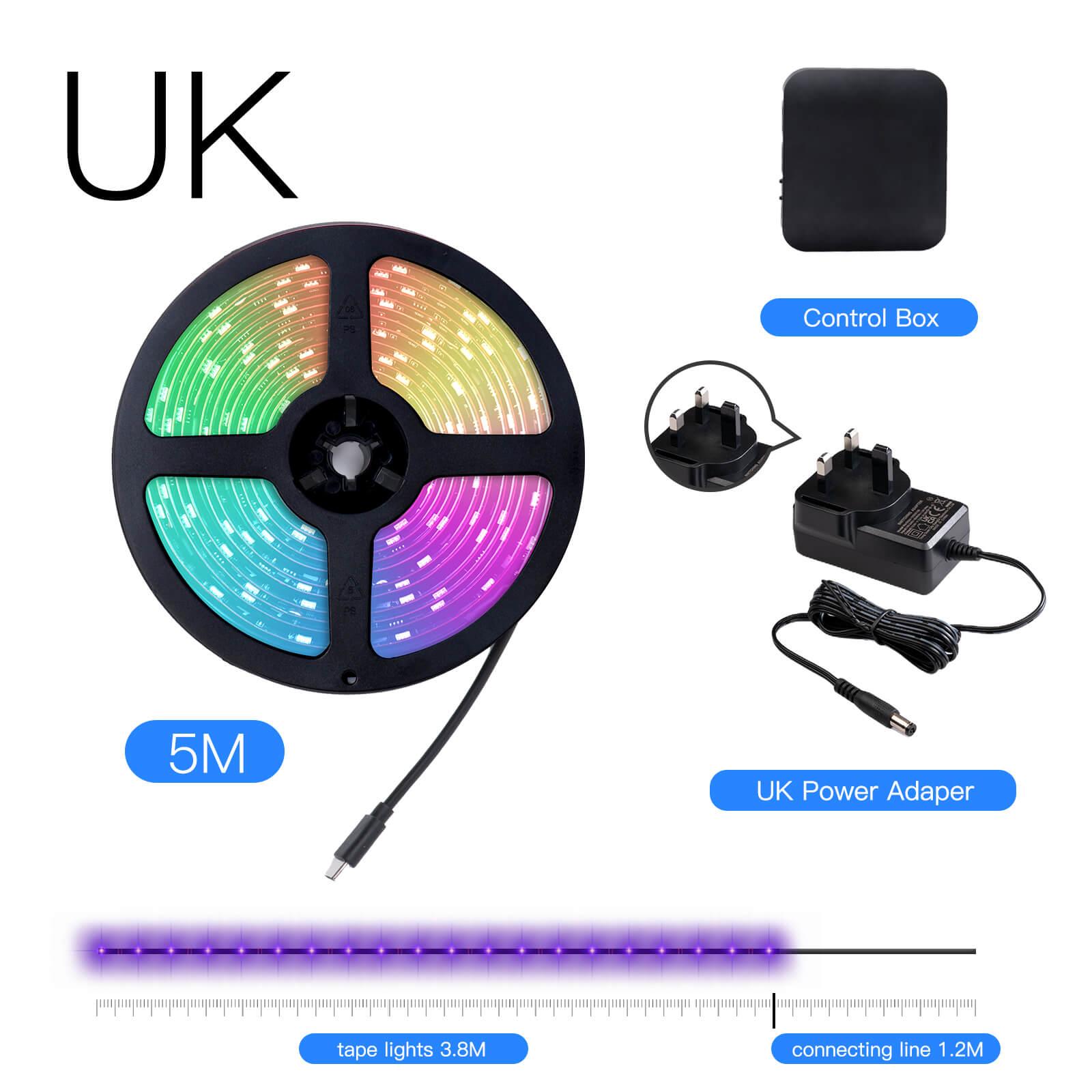
How does a TV backlight help my eyes during movie nights?
A TV backlight adds a soft glow behind your screen. This glow reduces the sharp contrast between your TV and the dark room. Your eyes feel less tired and you enjoy movies more.
Can I control LumiMuse with my phone or voice?
Yes! You can use the LumiMuse app on your phone to change colors and brightness. You can also use voice commands with Alexa or Google Home. It’s quick and easy.
Will LumiMuse work with my TV size?
LumiMuse fits most TVs. You can choose a kit for 50, 60, or 70-inch screens. Just pick the right size for your TV. The setup works in the US, UK, and EU.
Does the backlight affect picture quality?
No, it does not. The backlight shines on the wall, not the screen. You see richer colors and deeper blacks. Your movies look even better!
